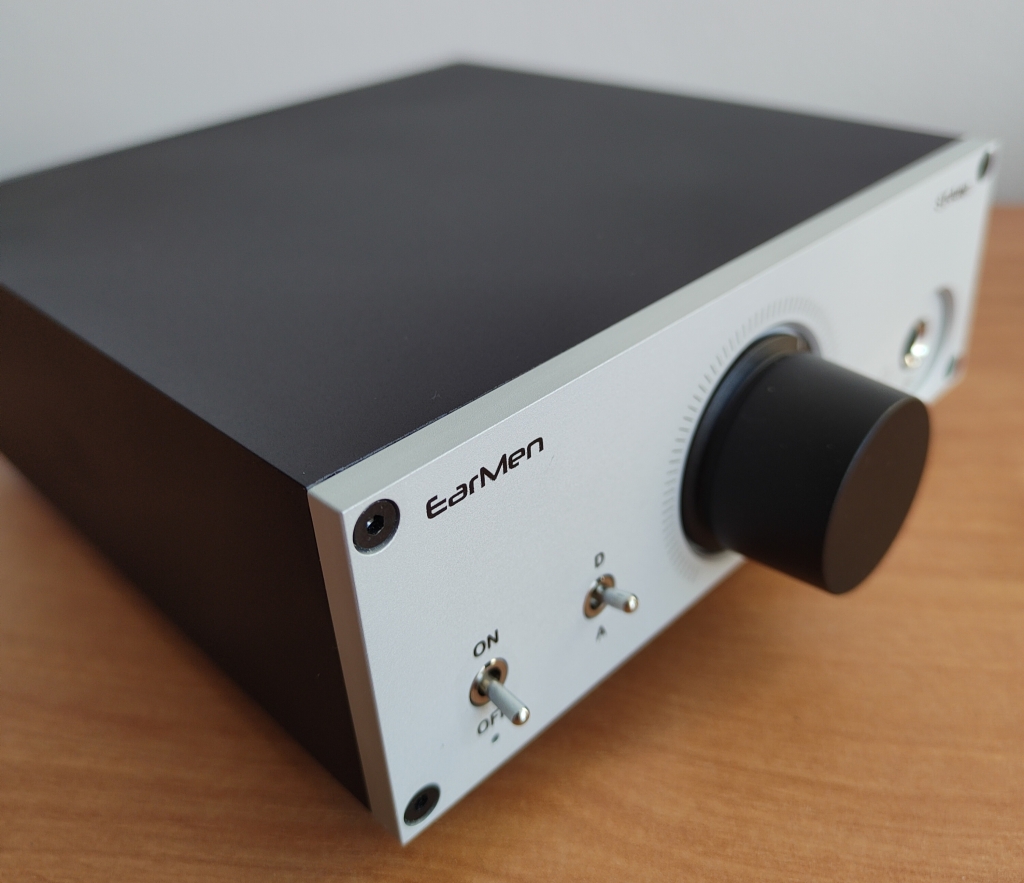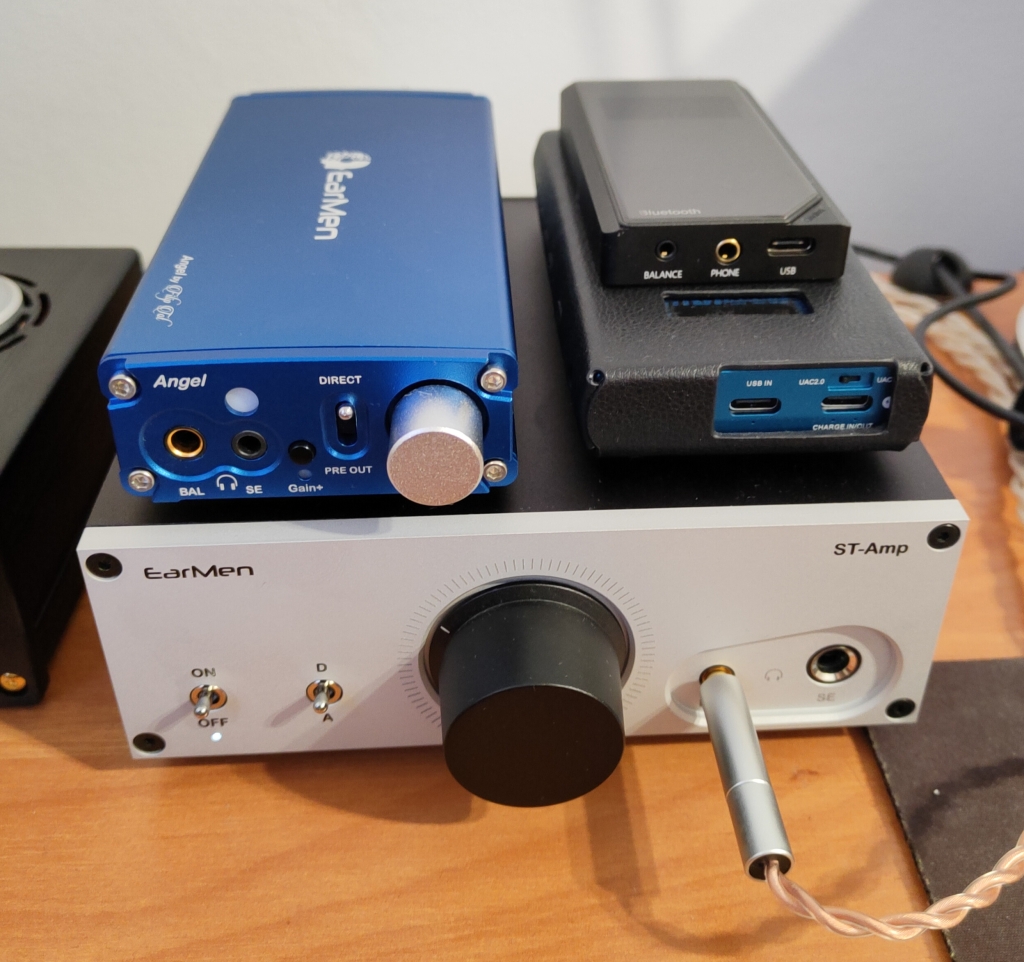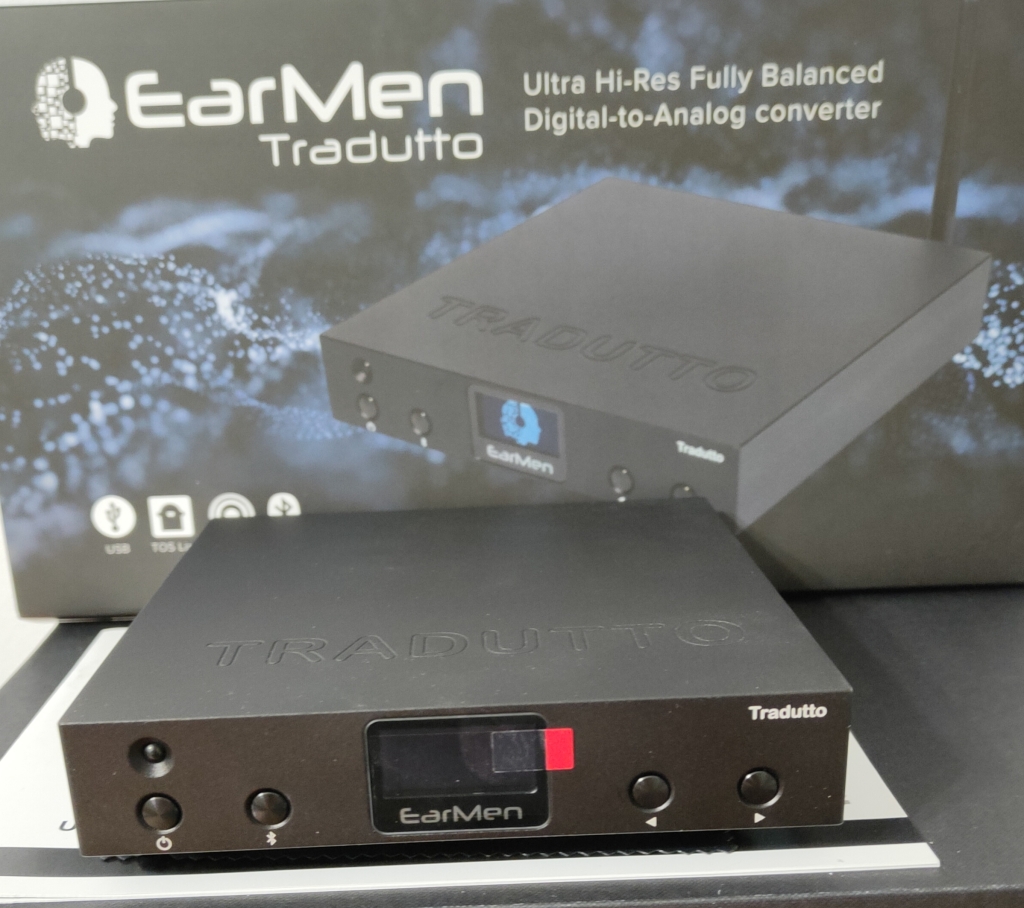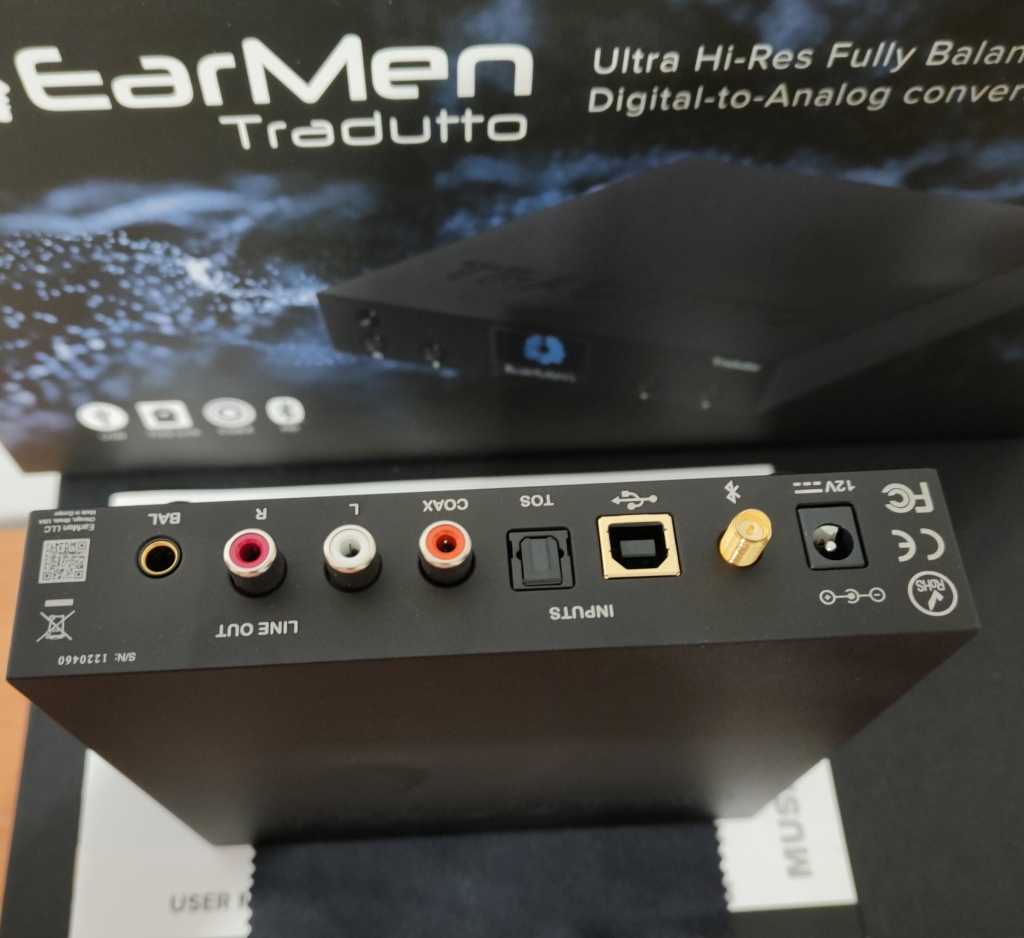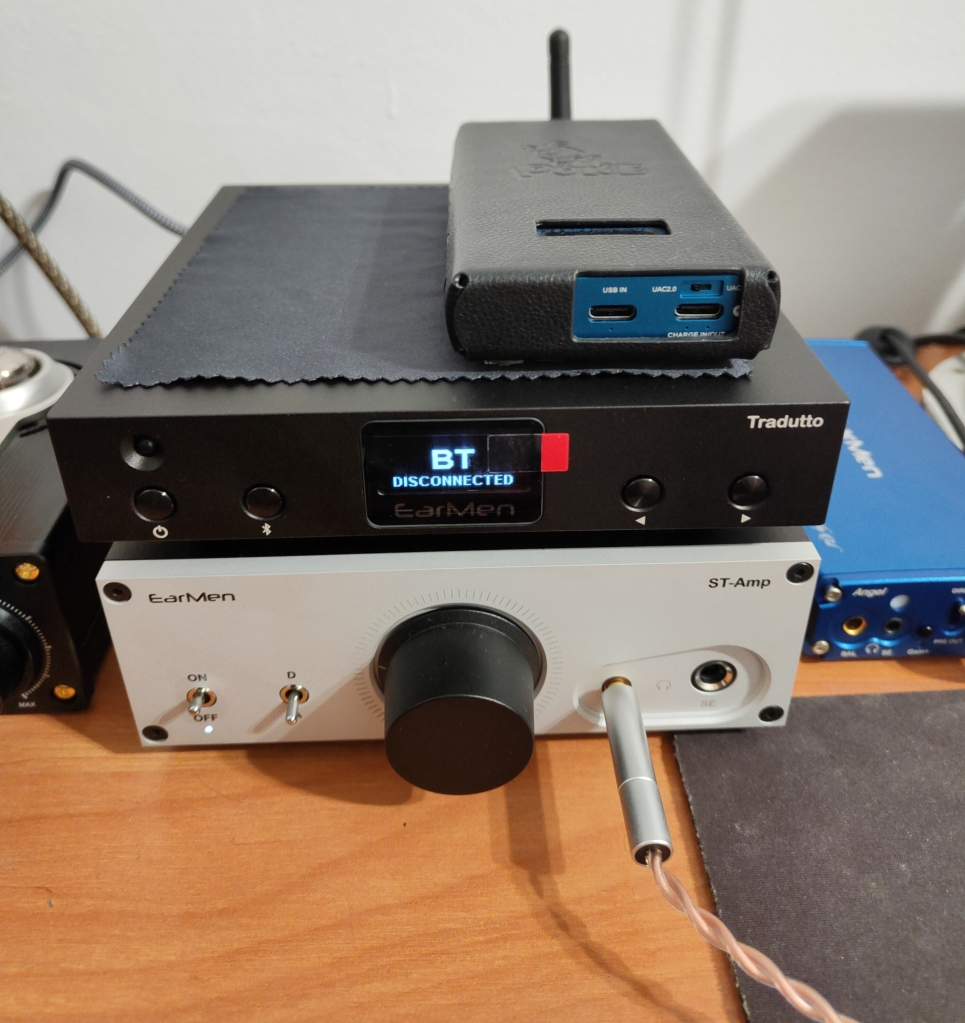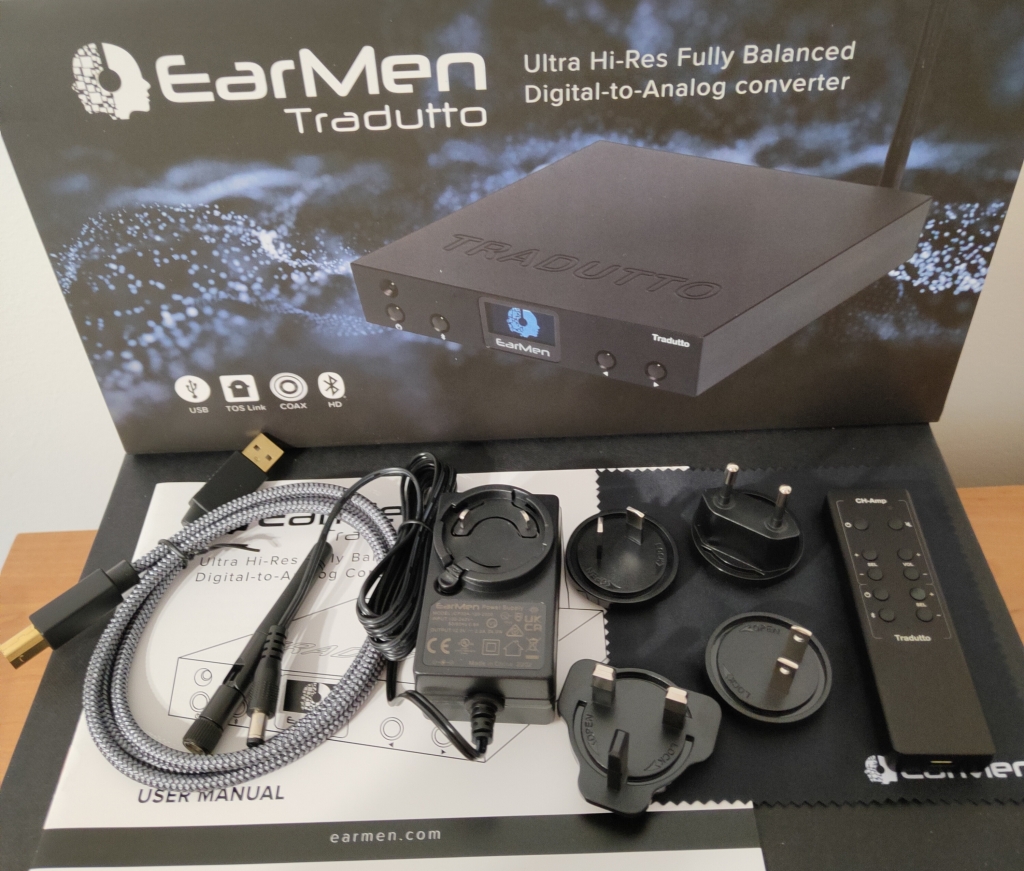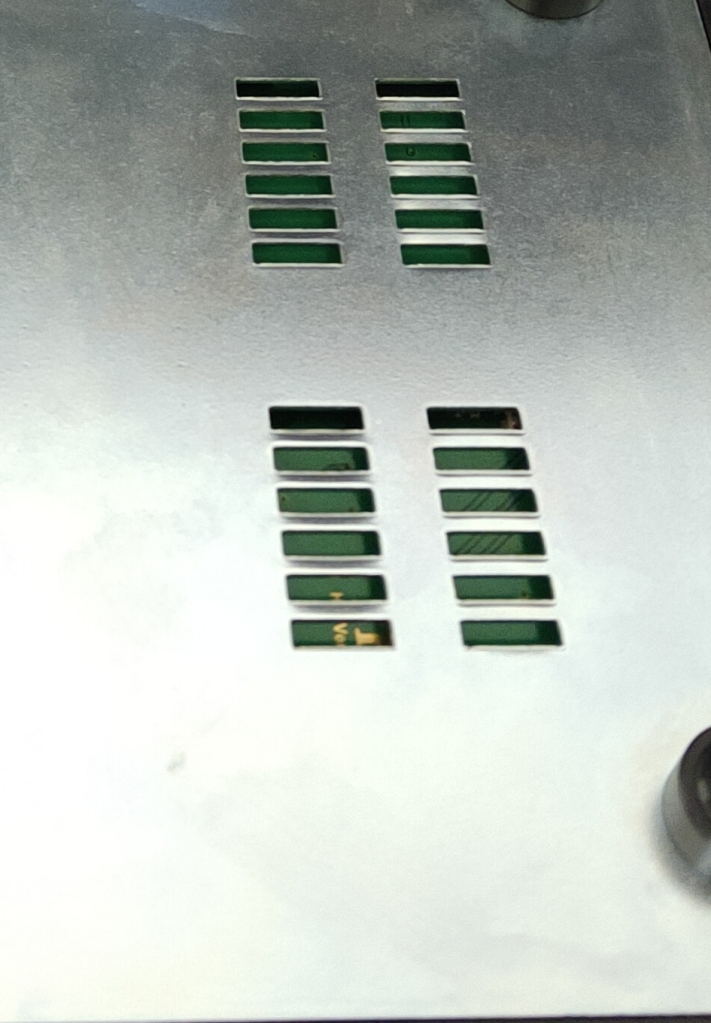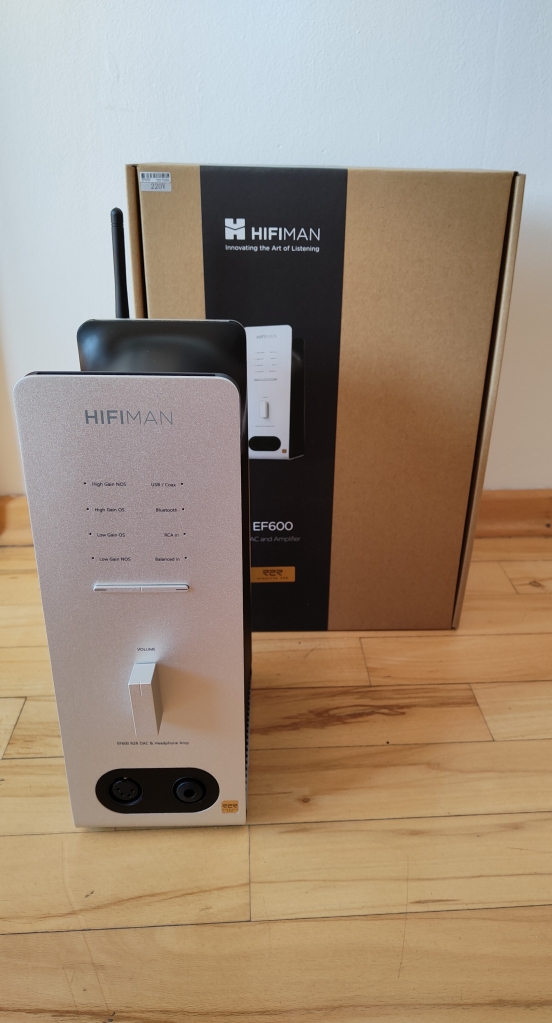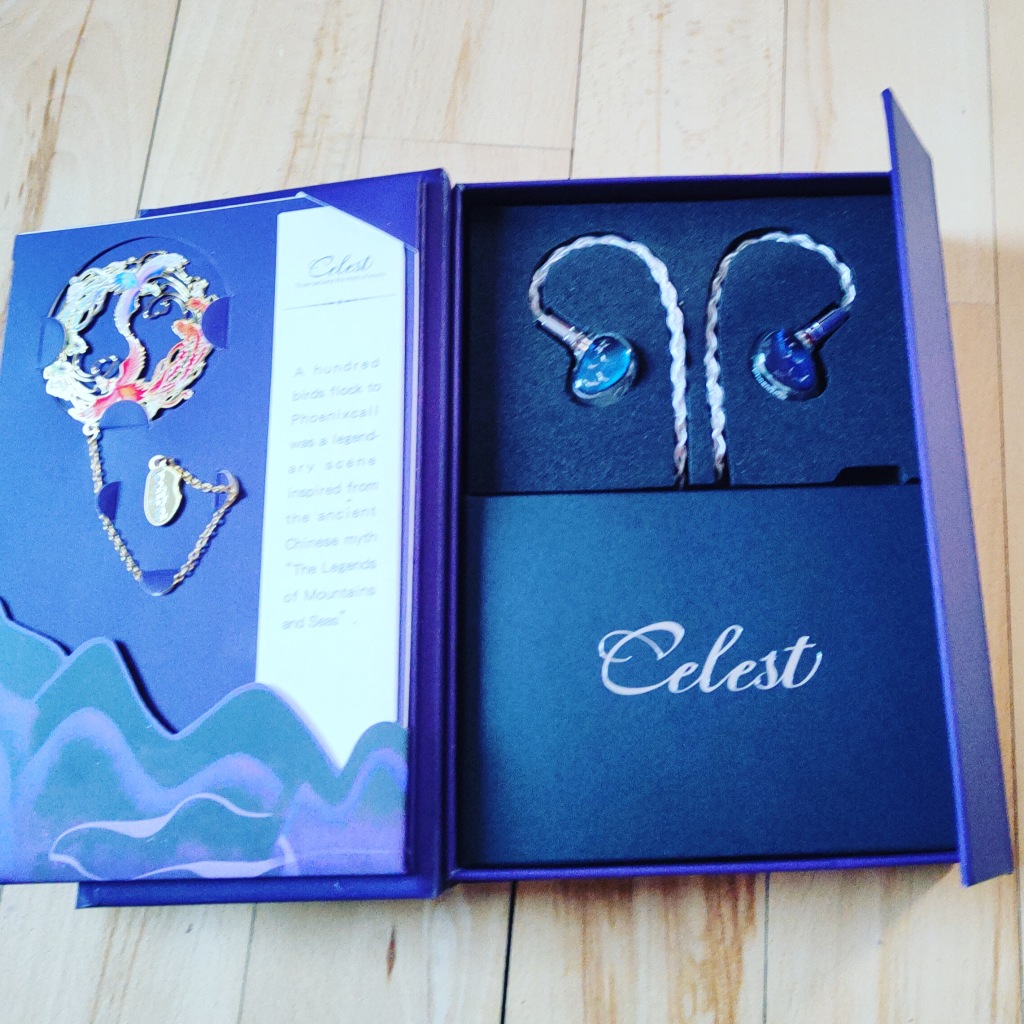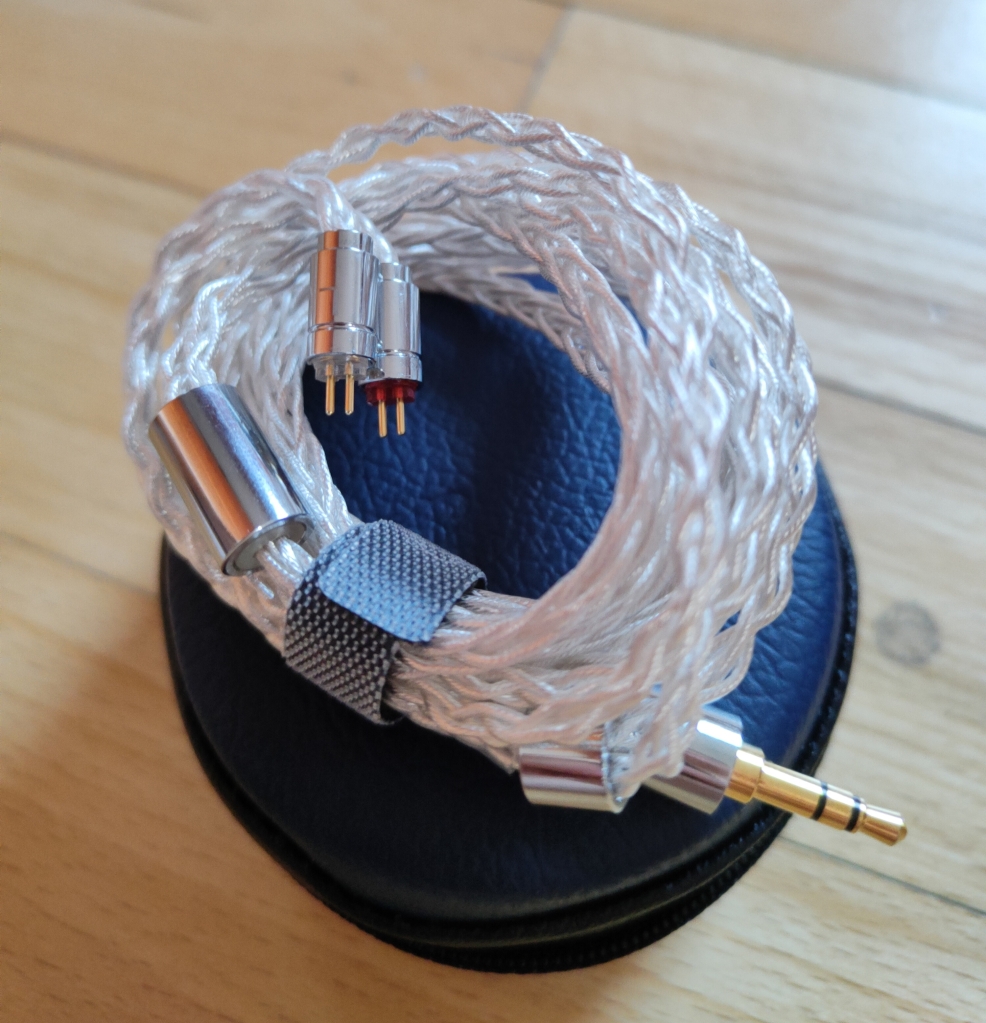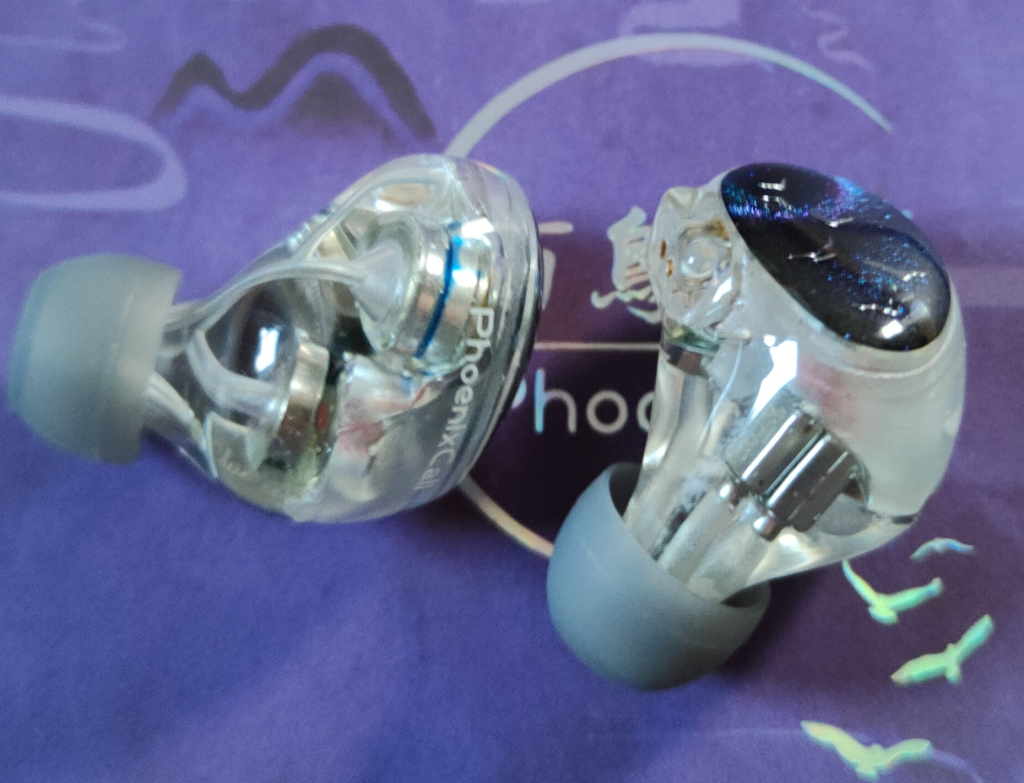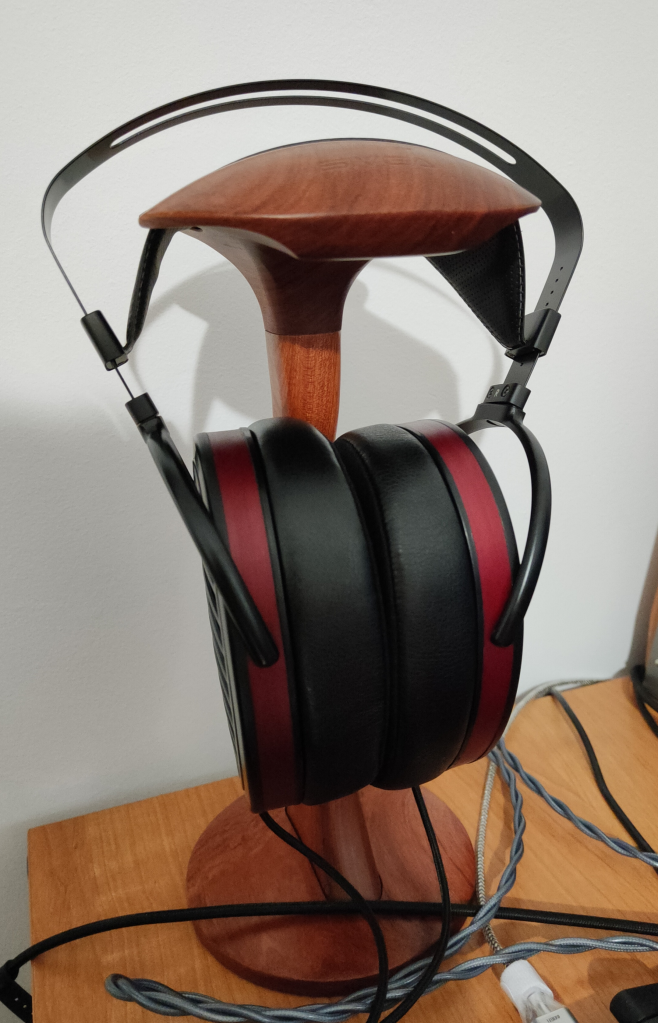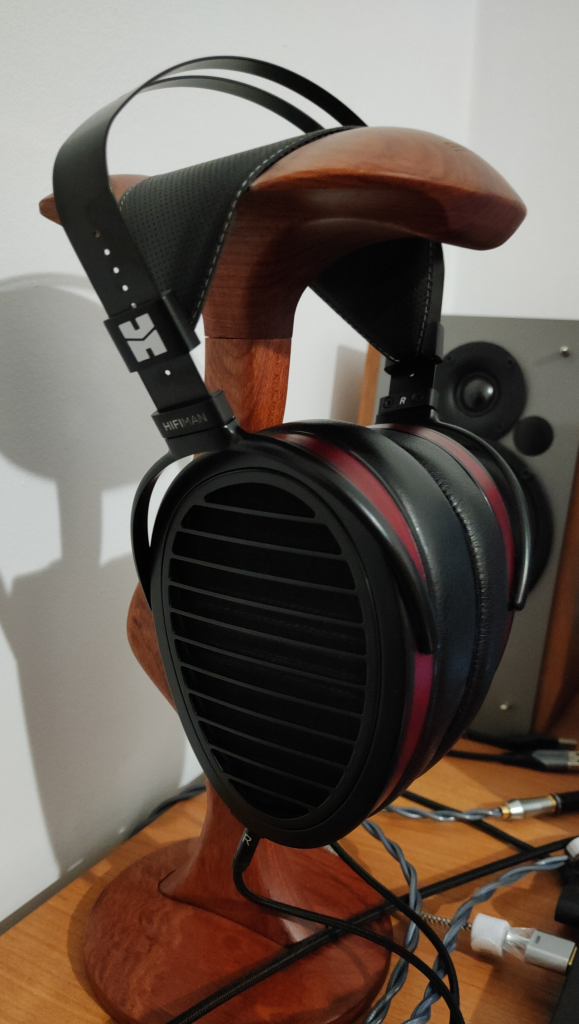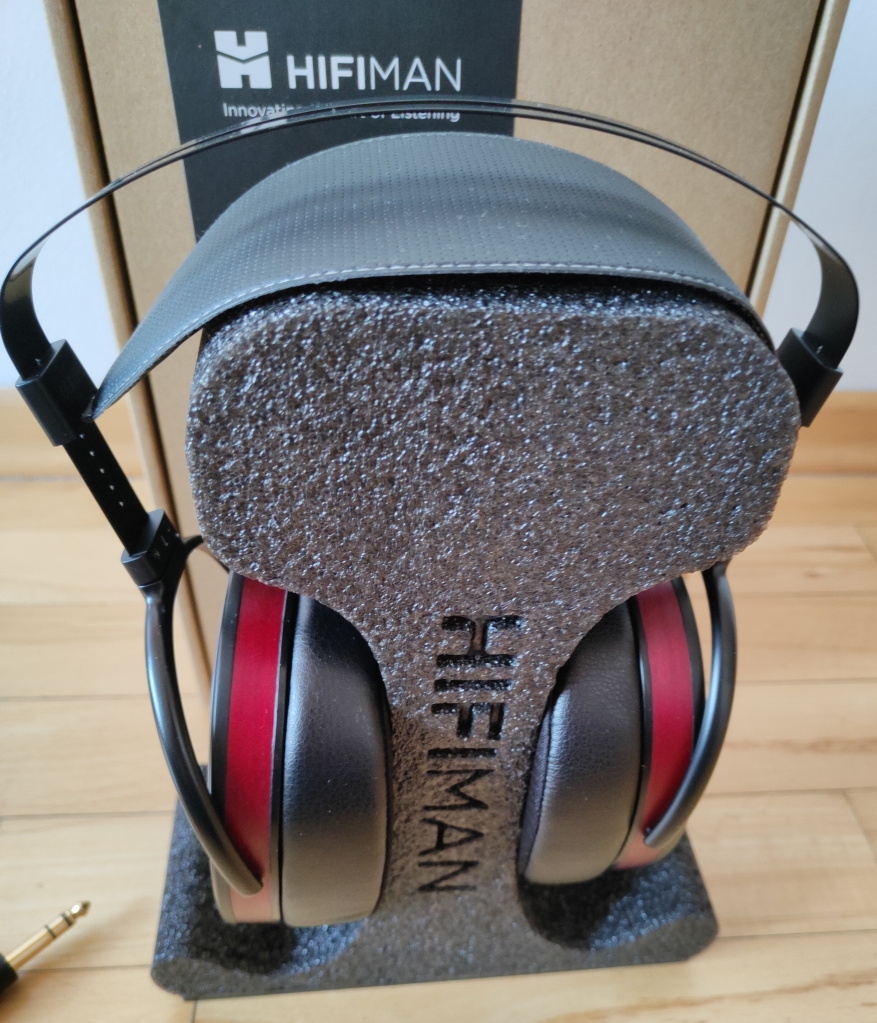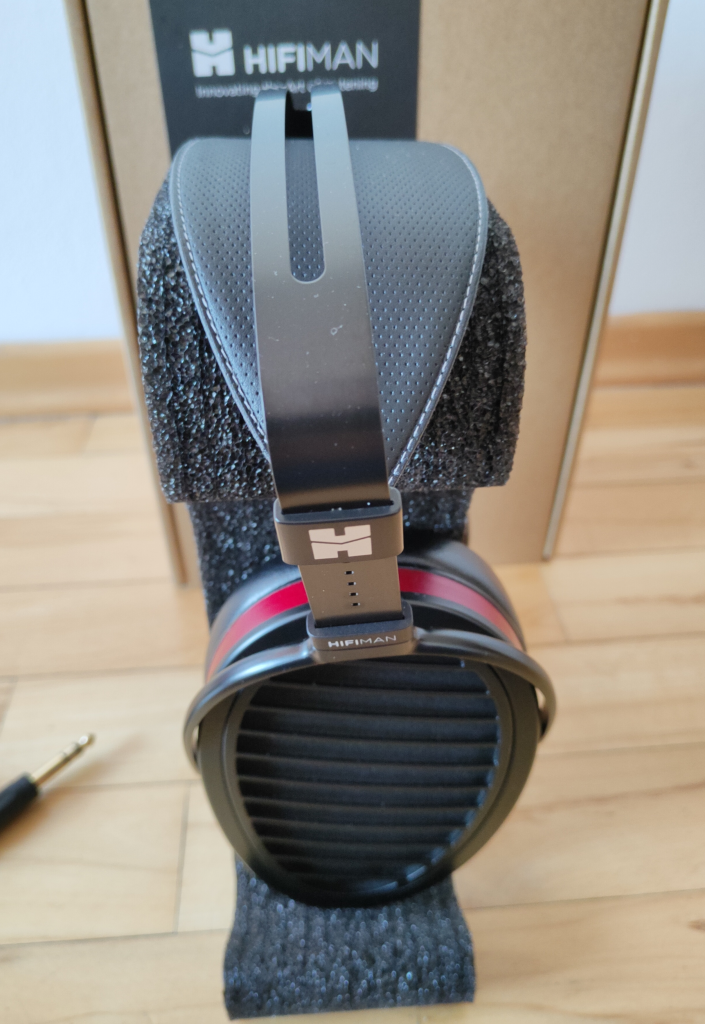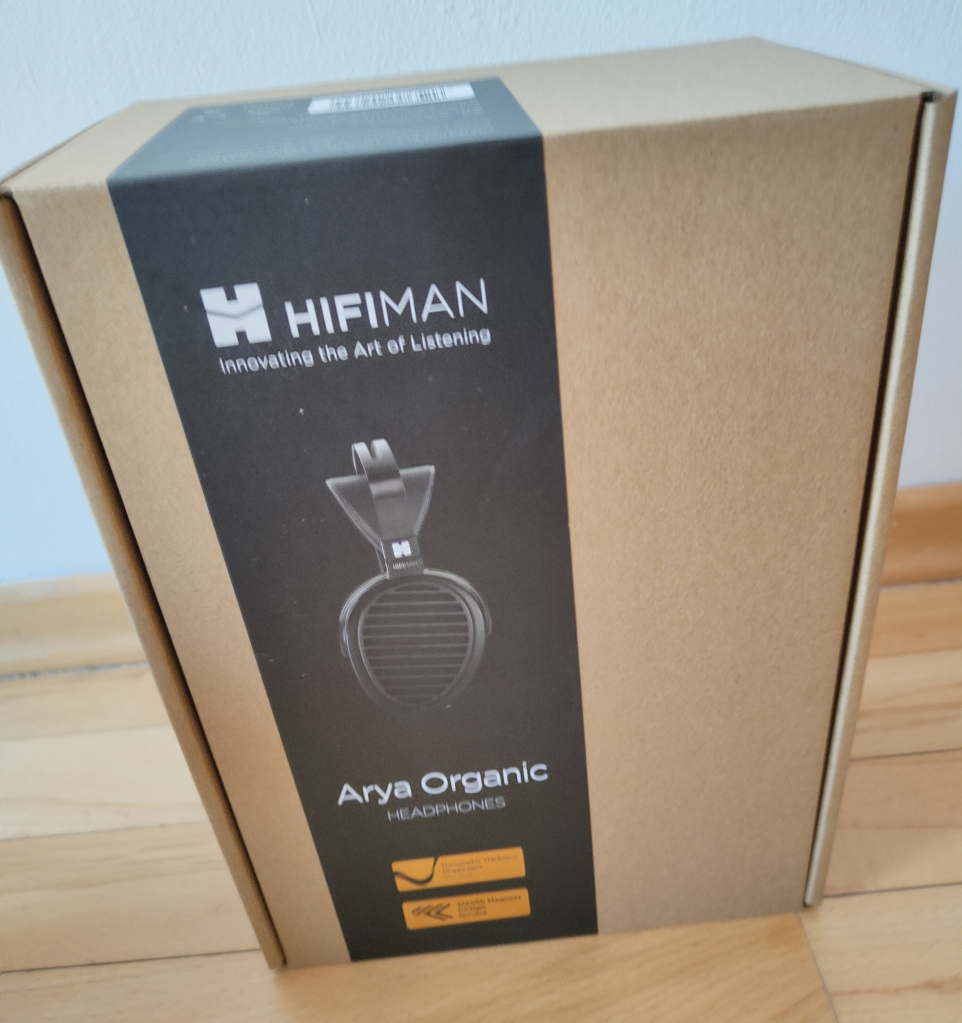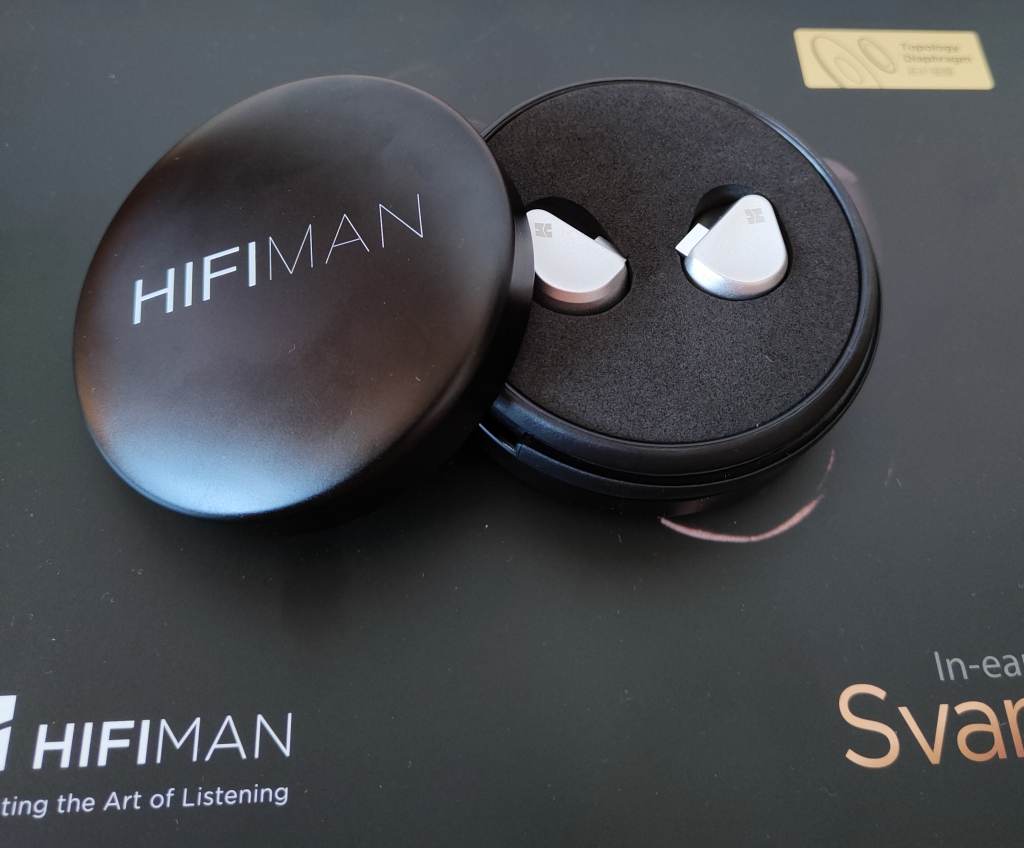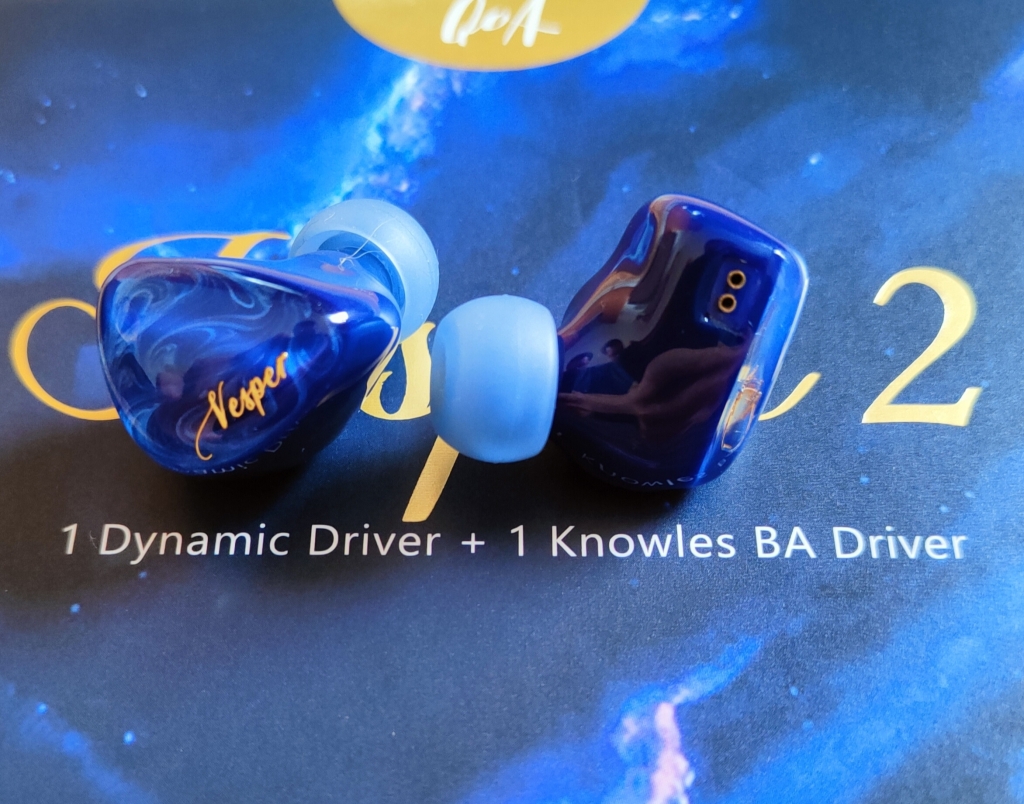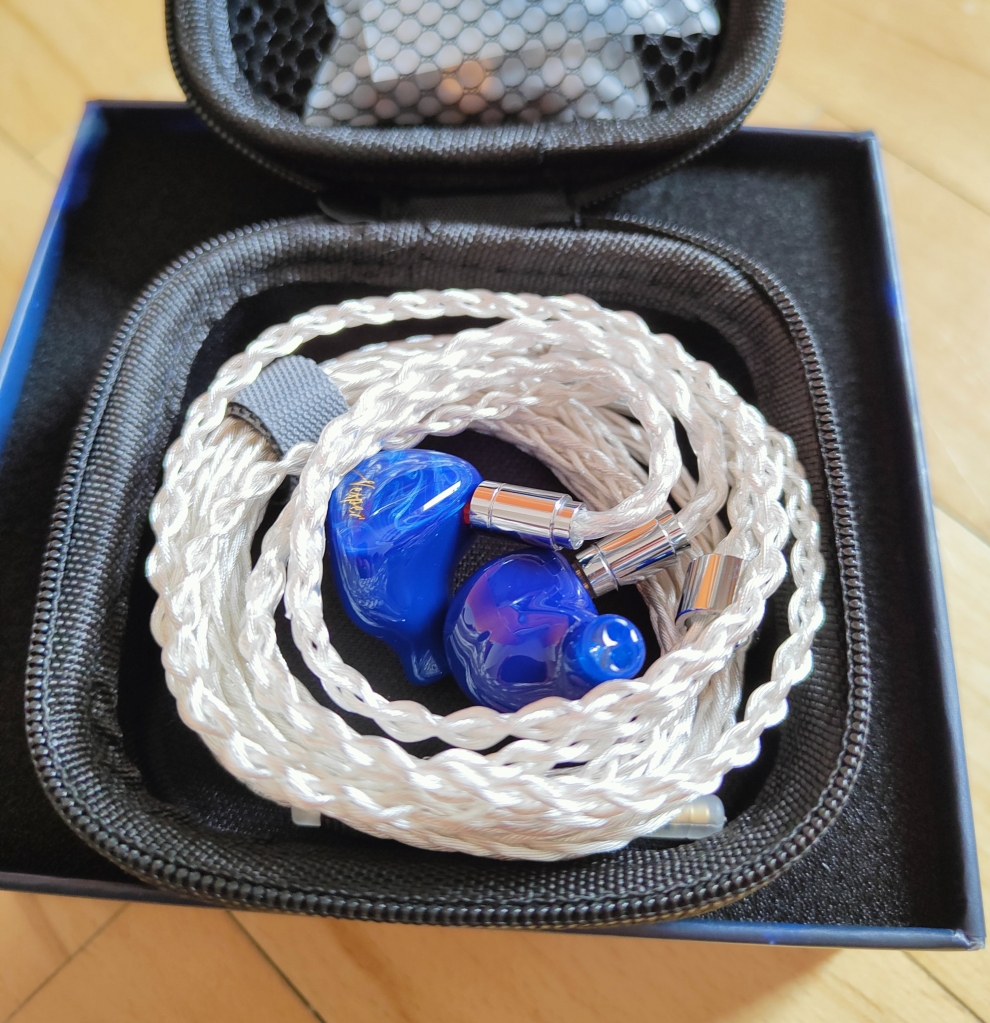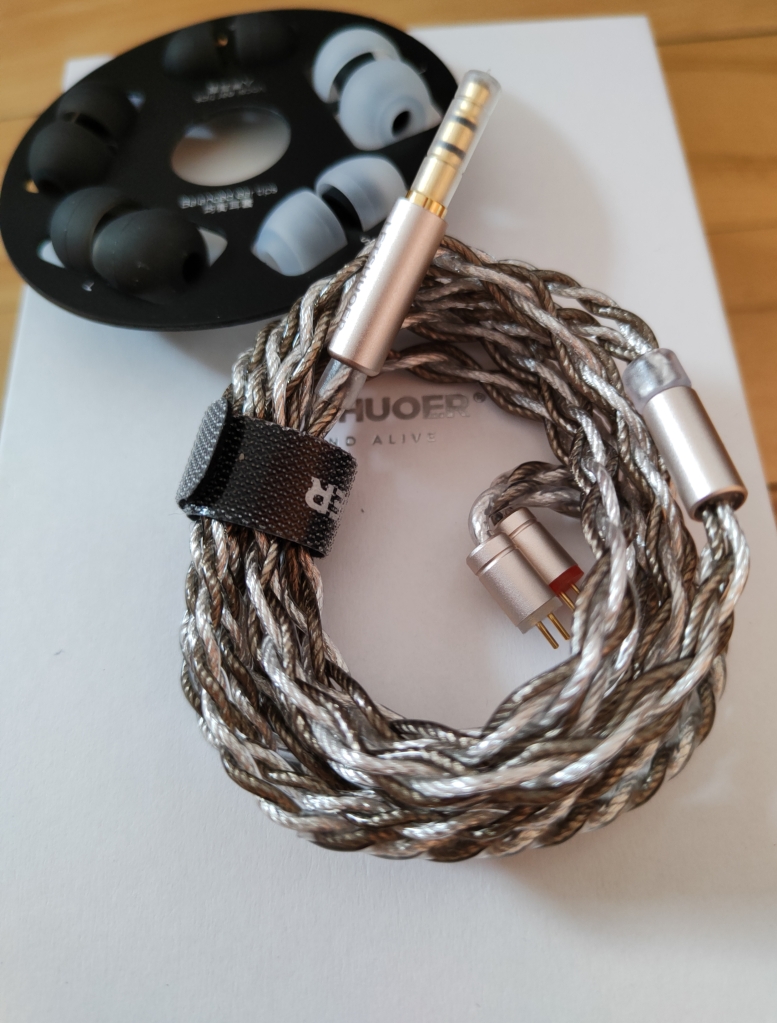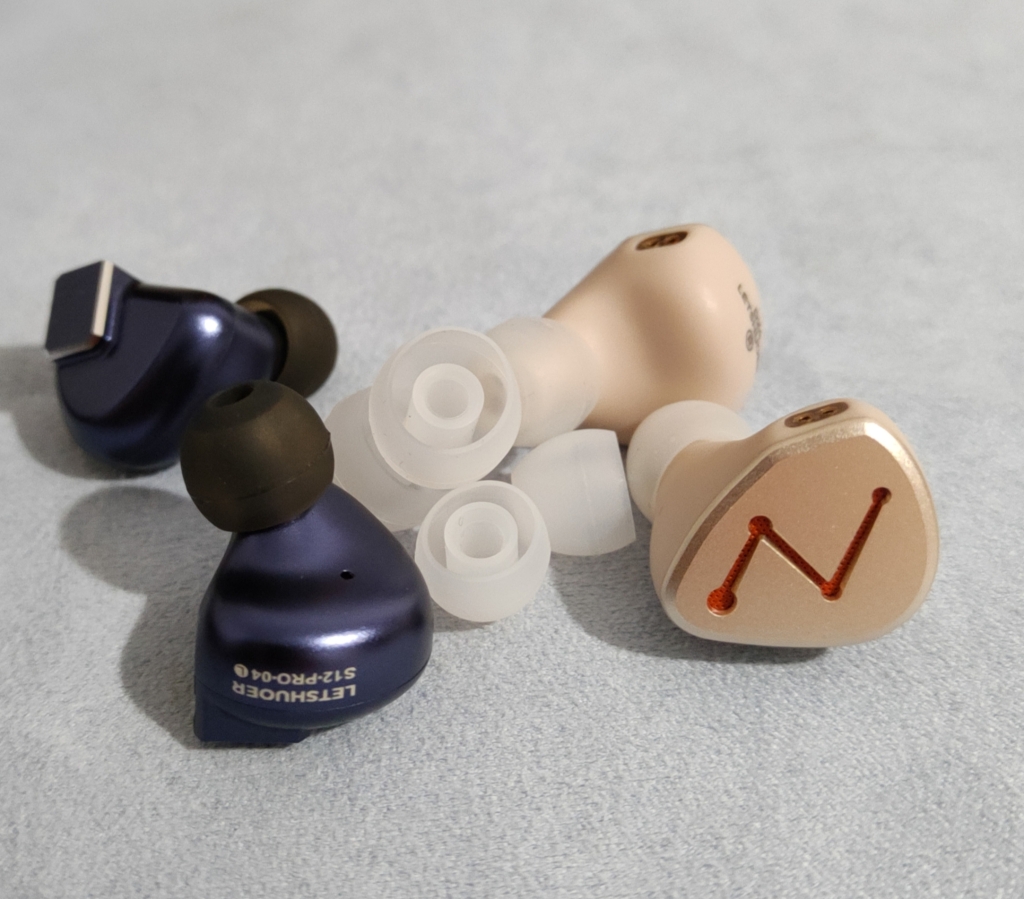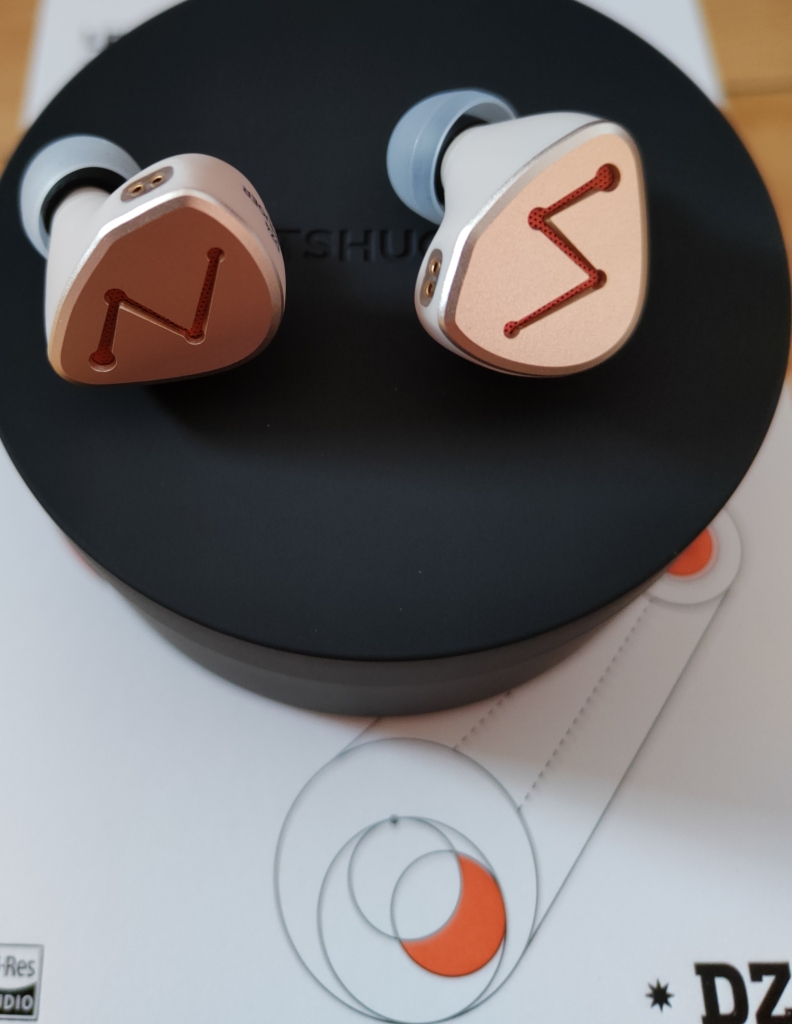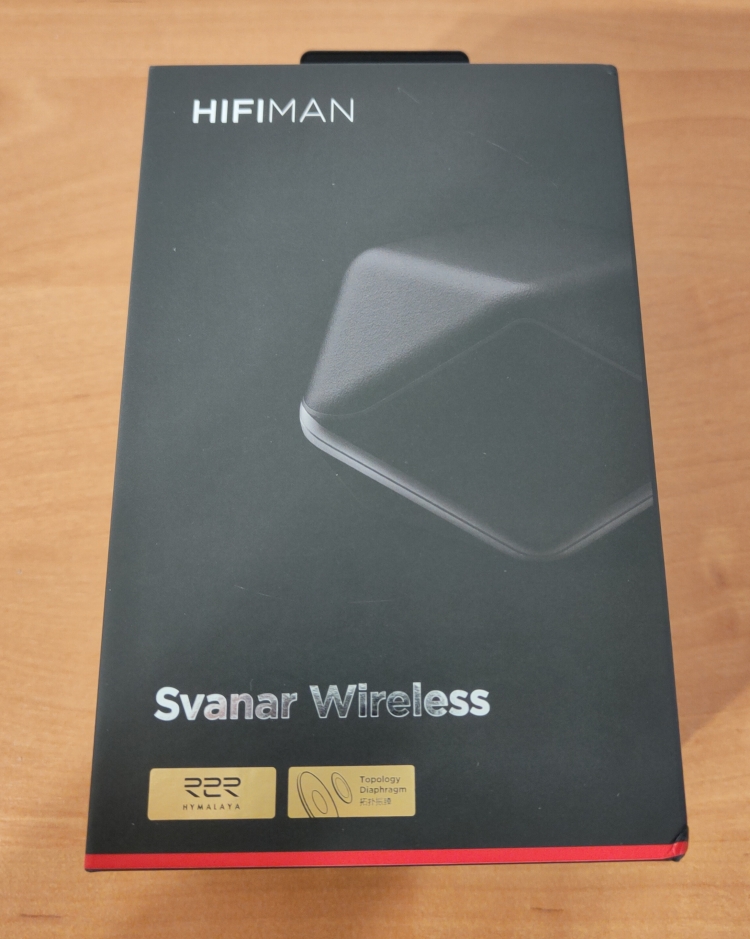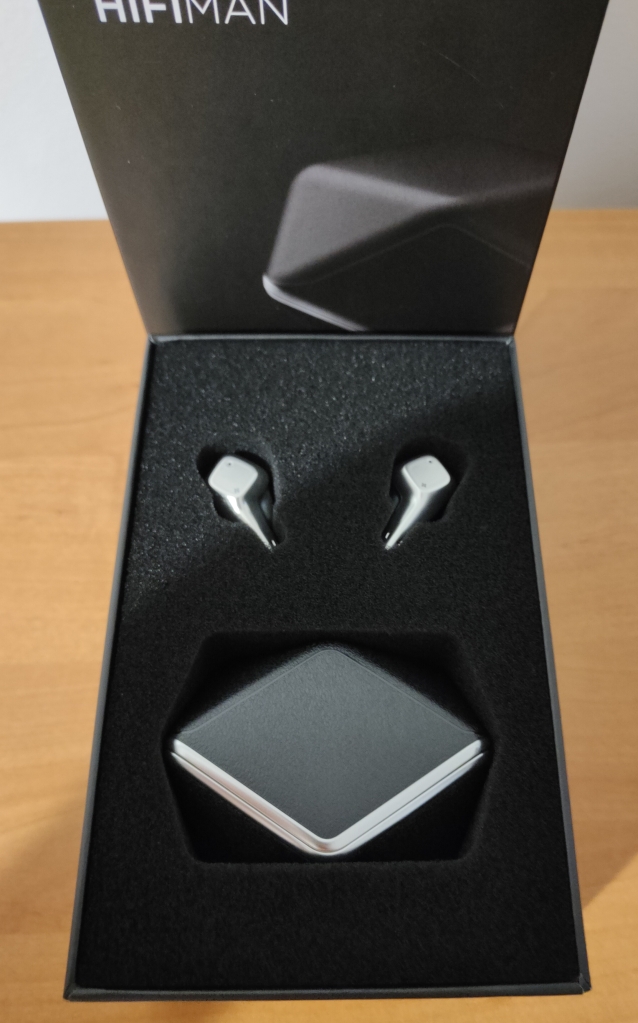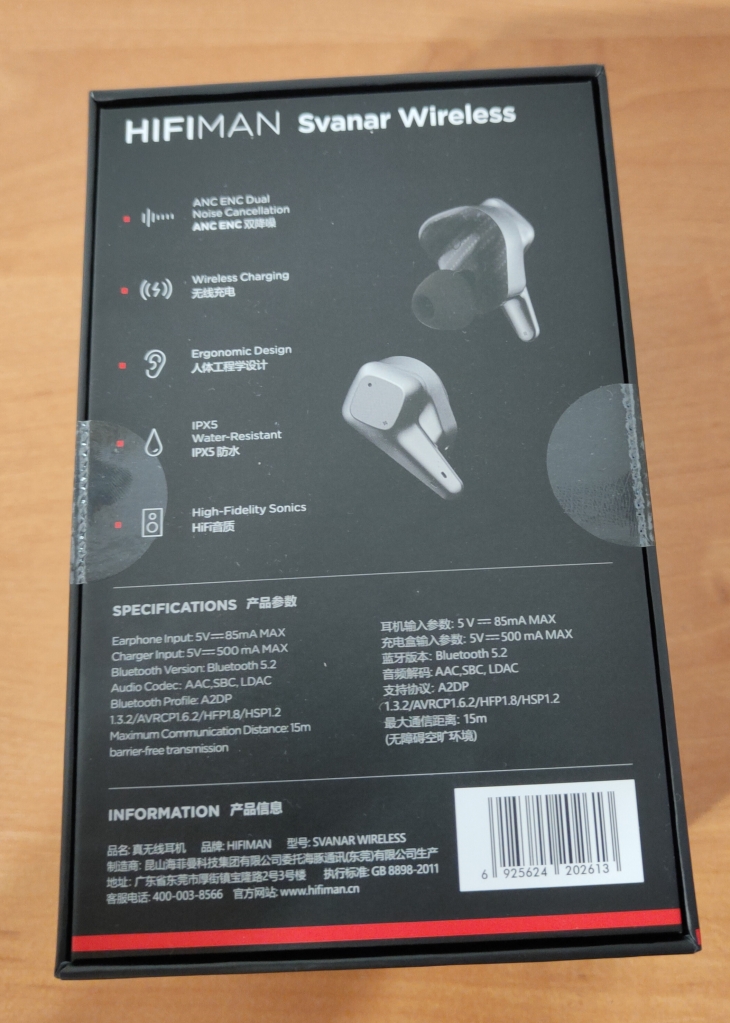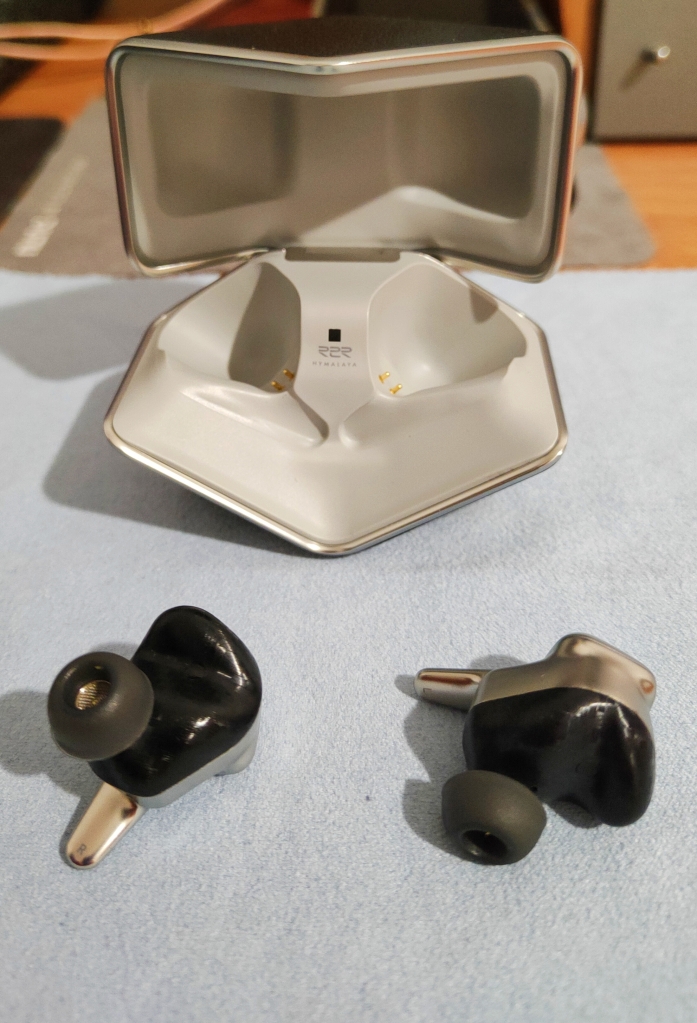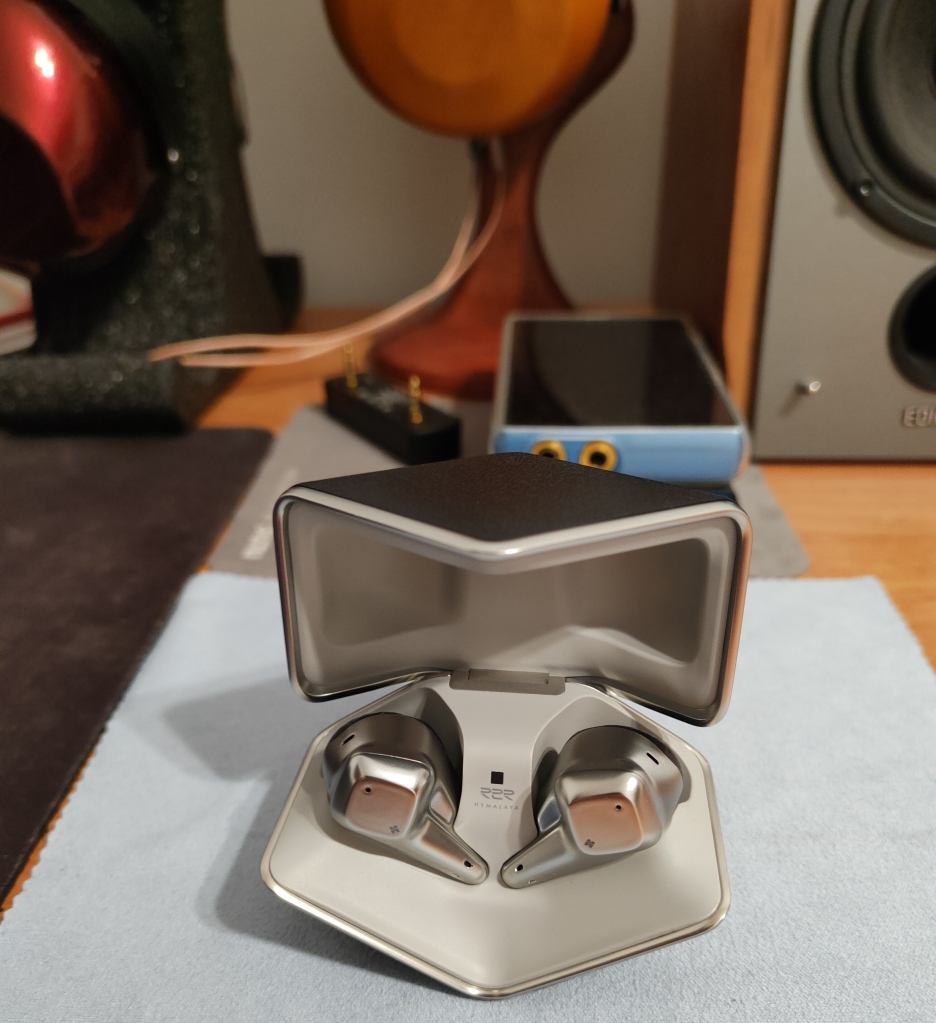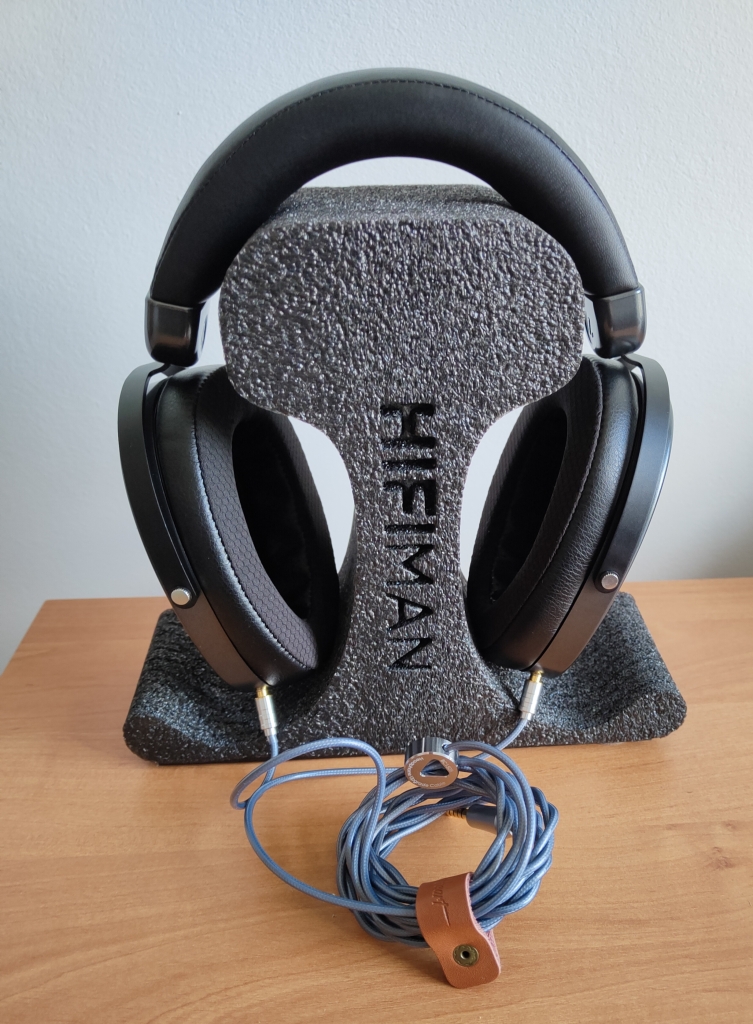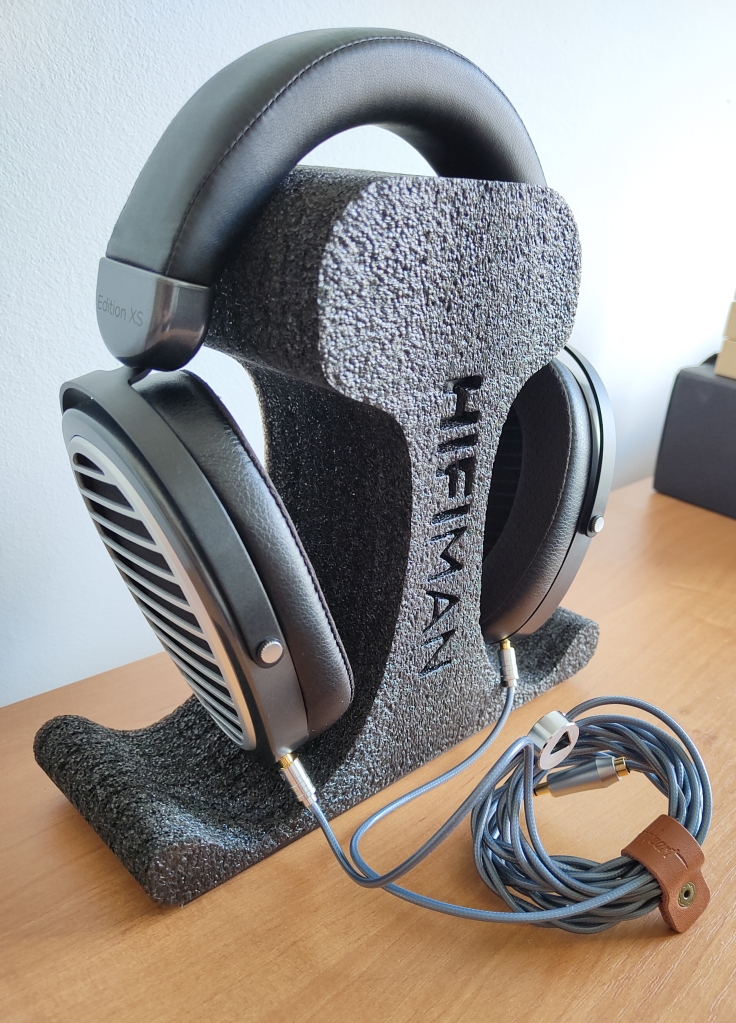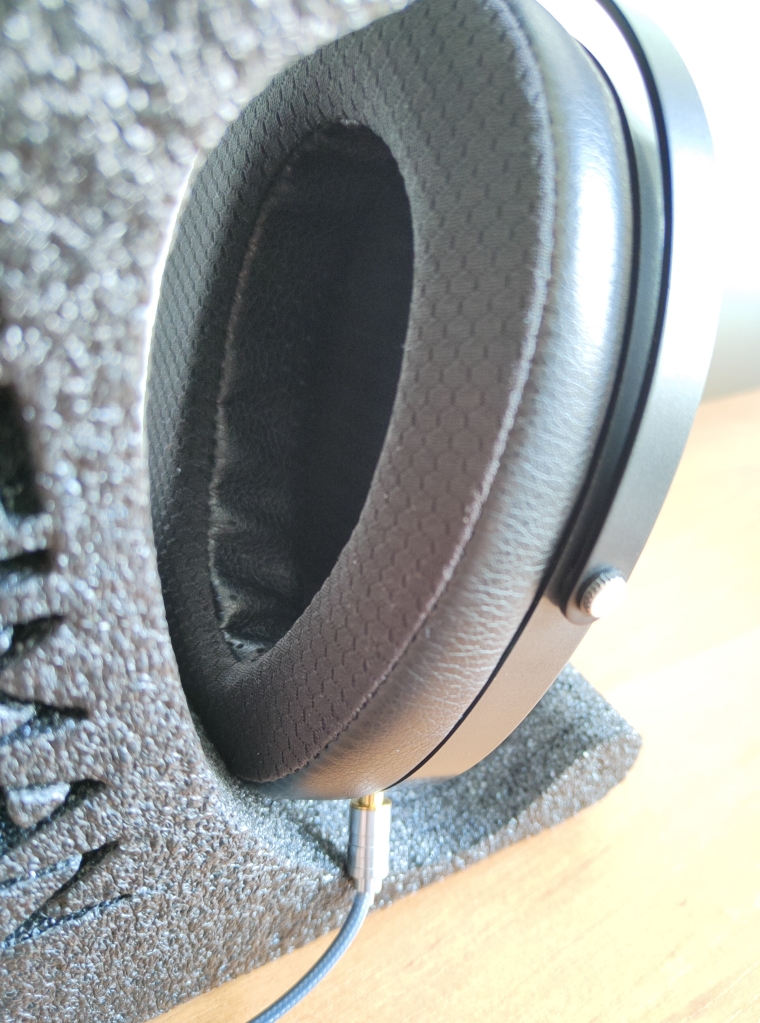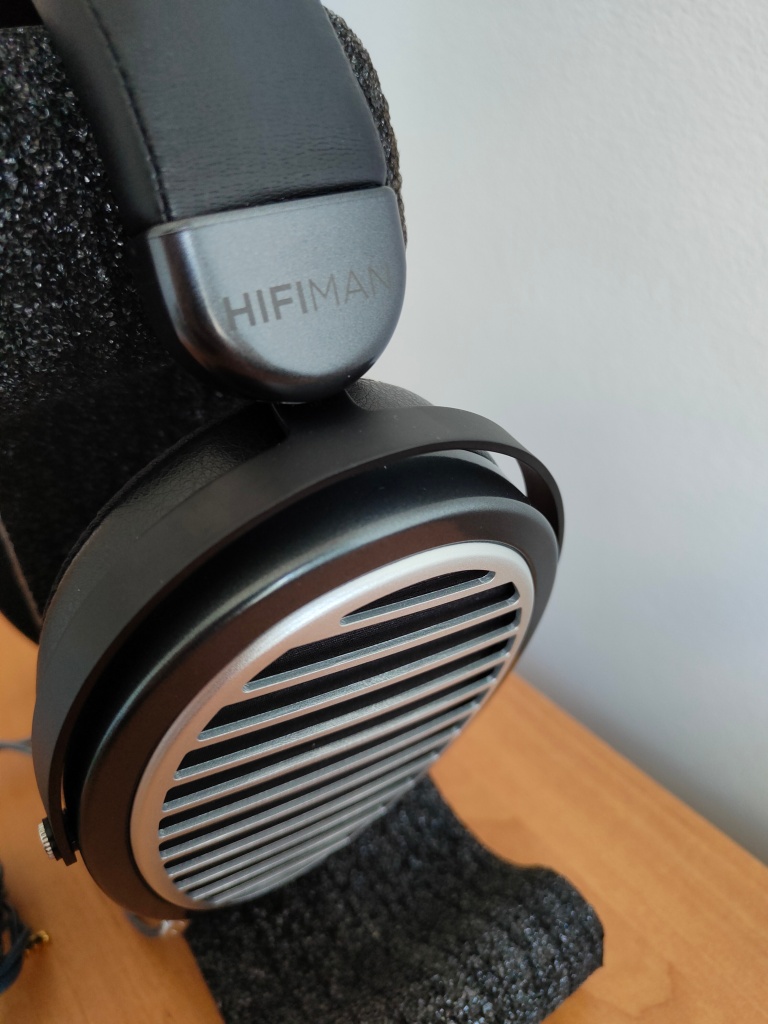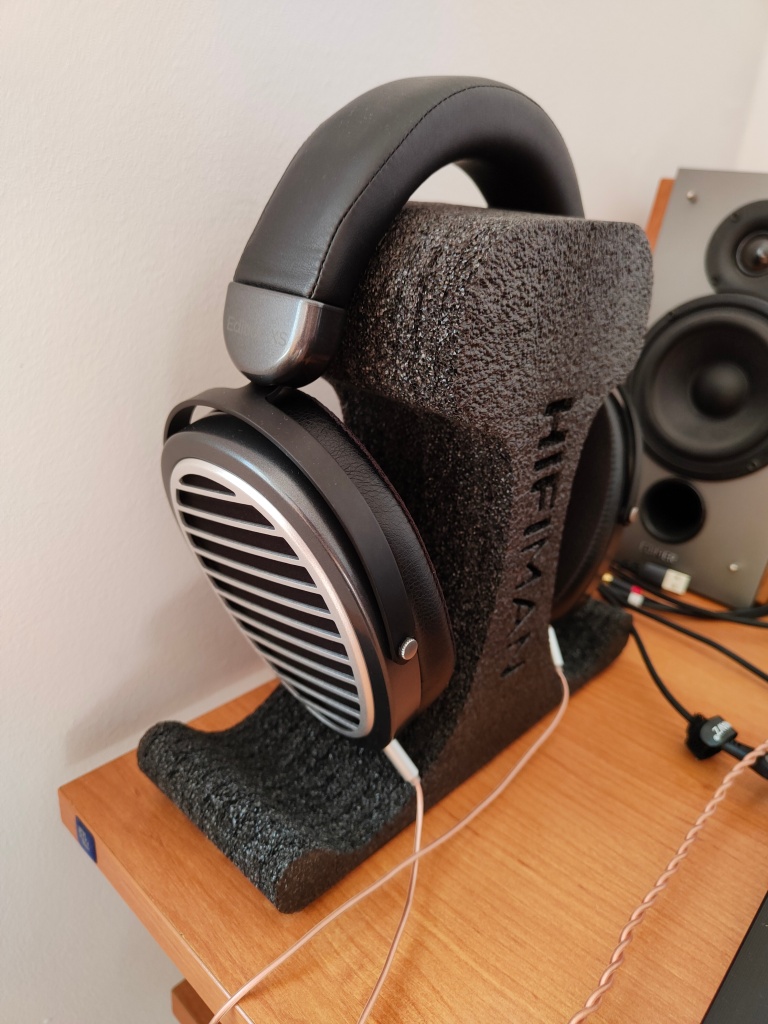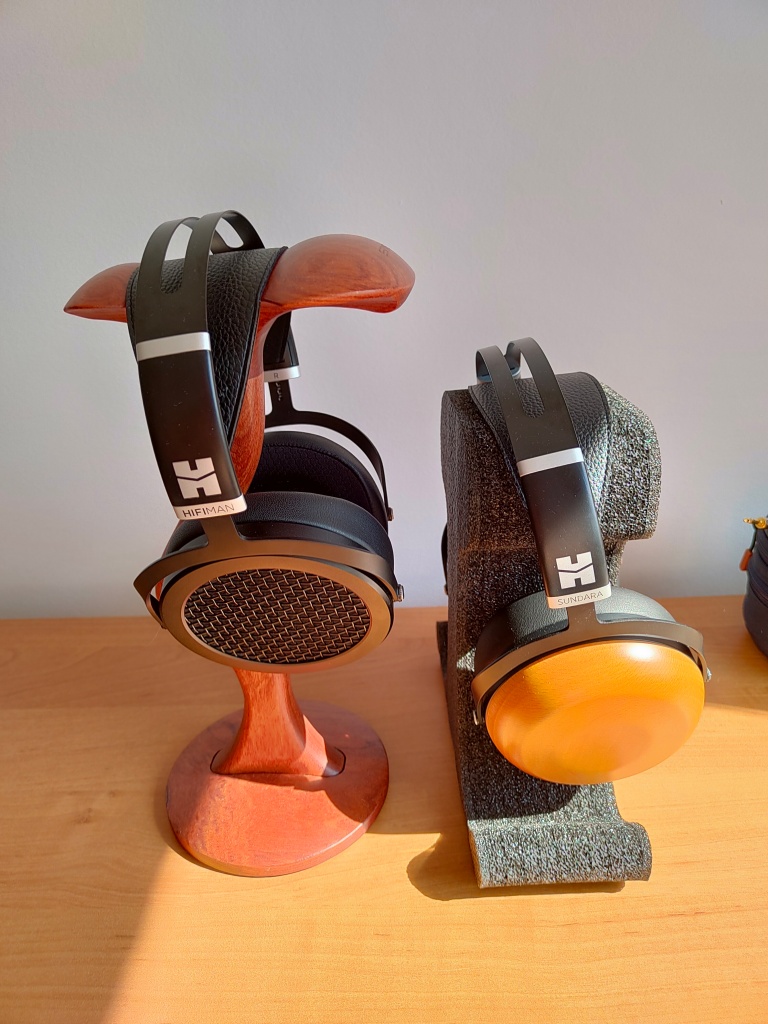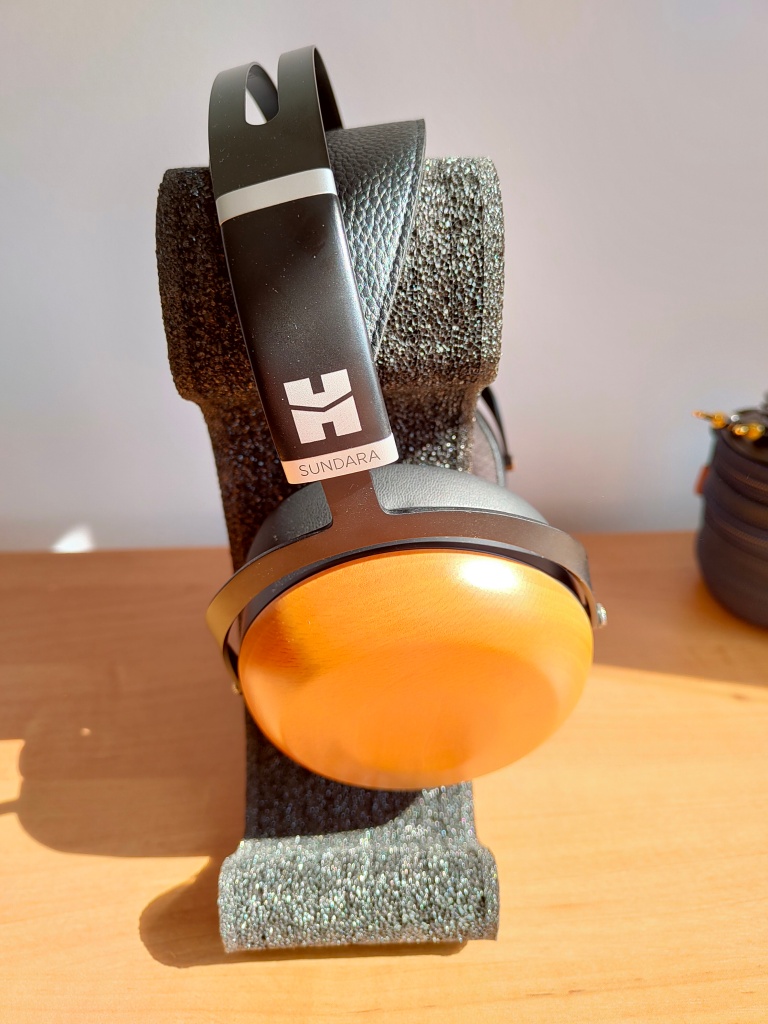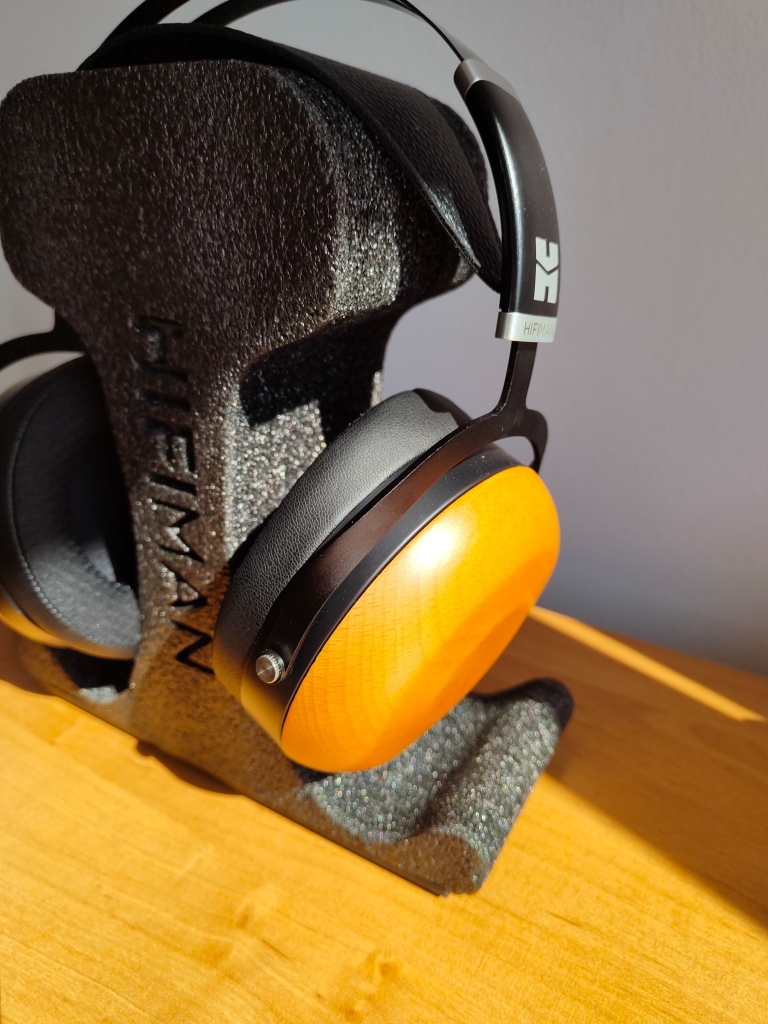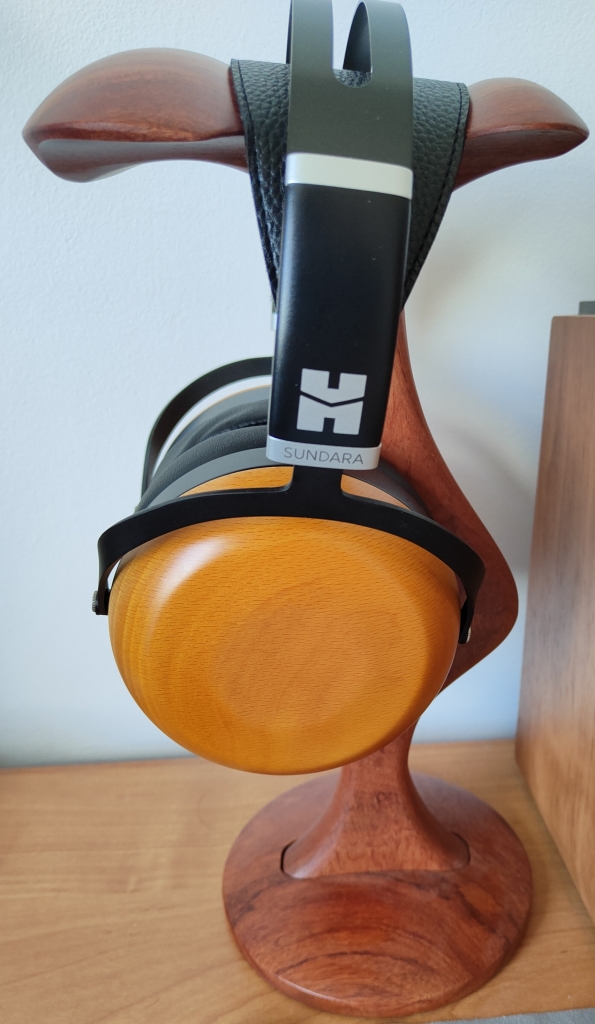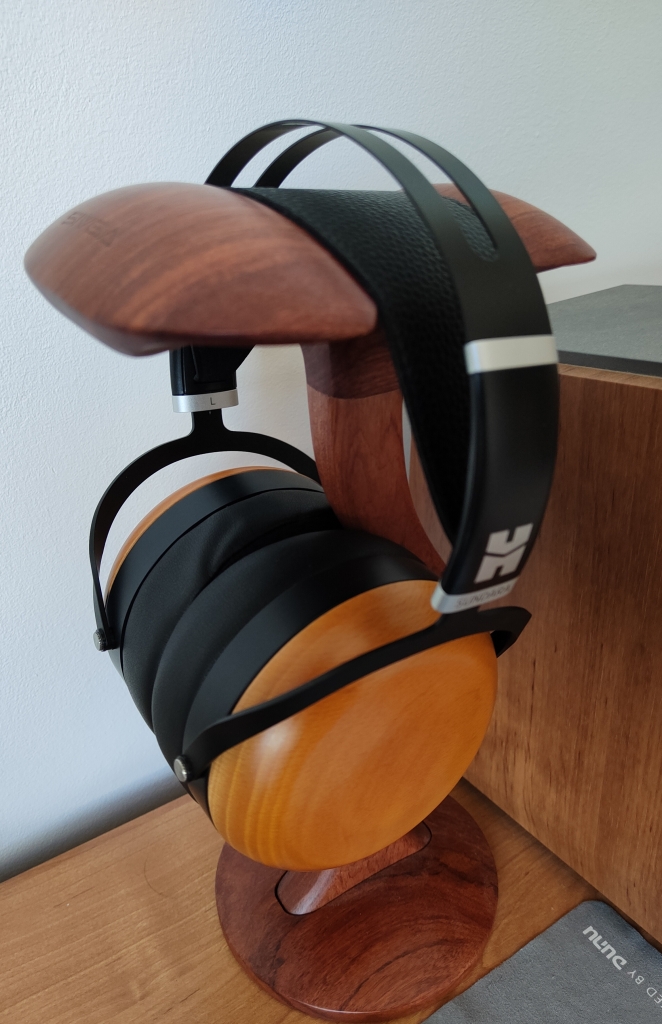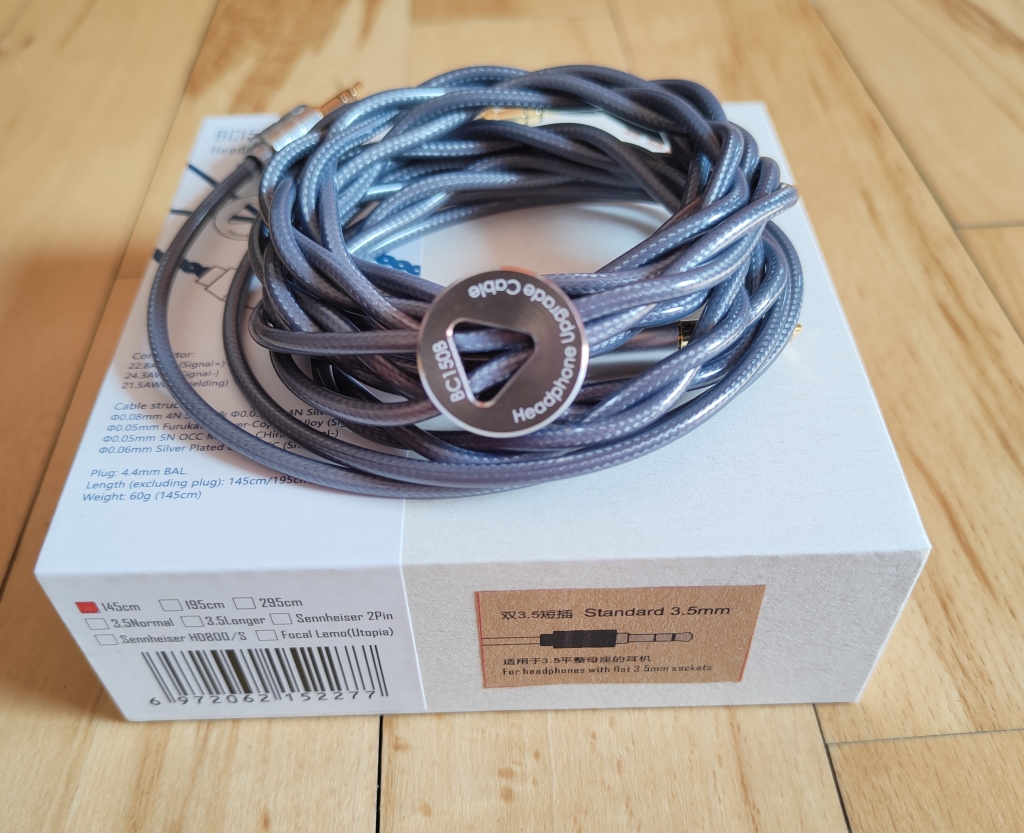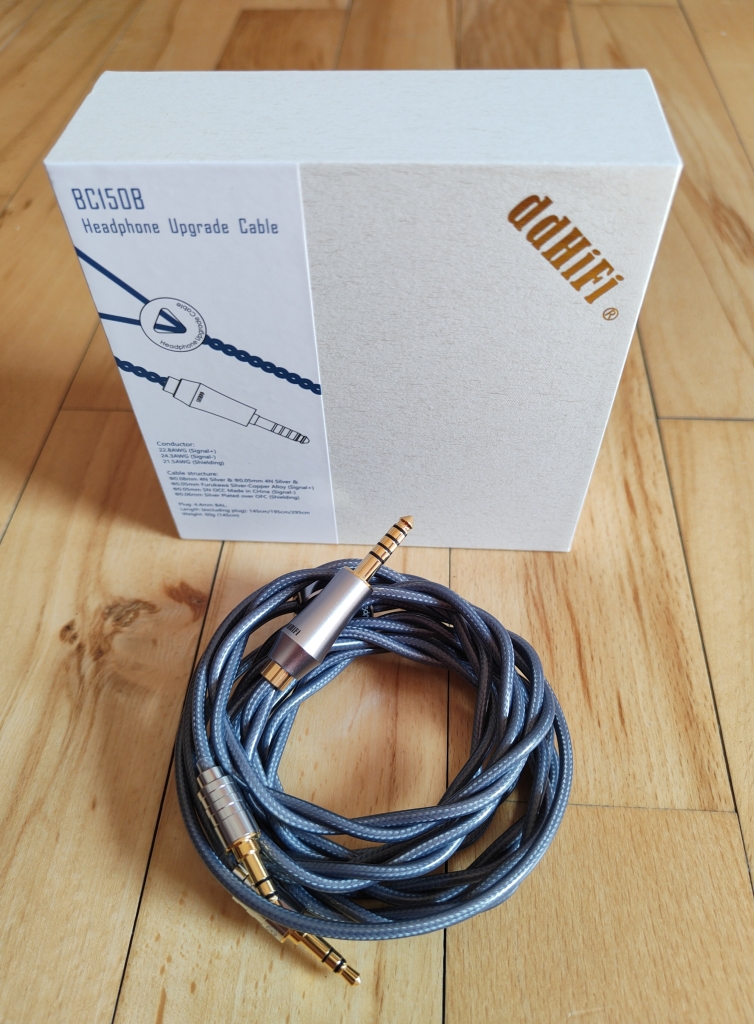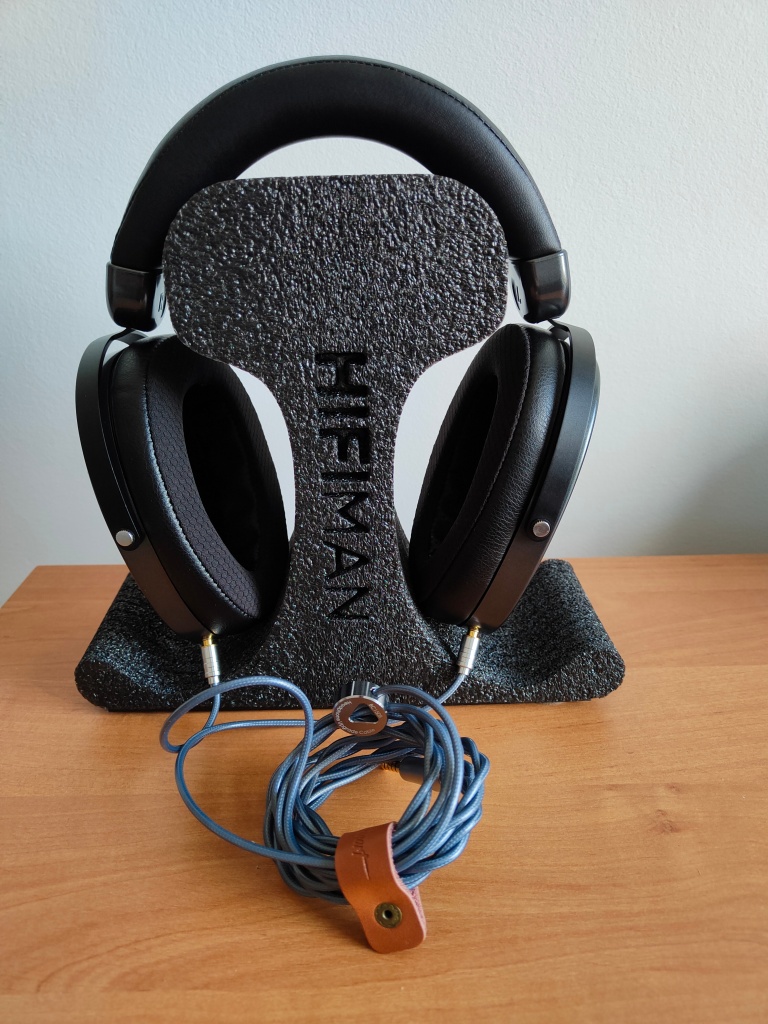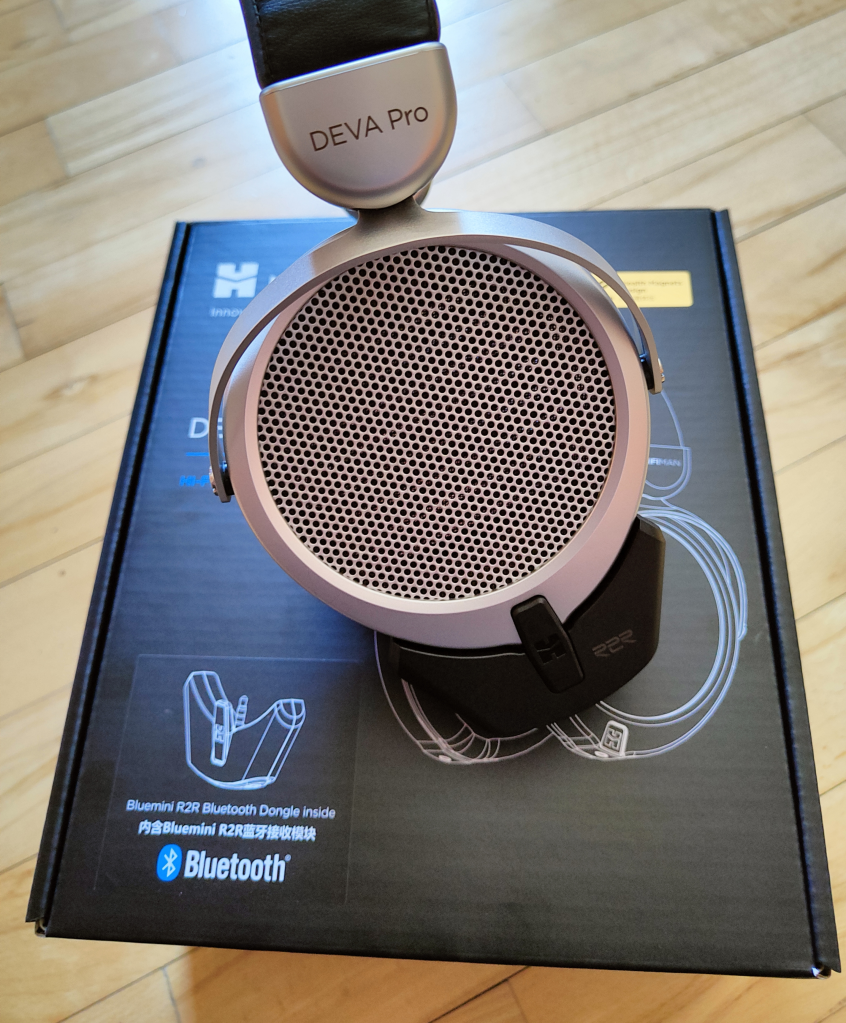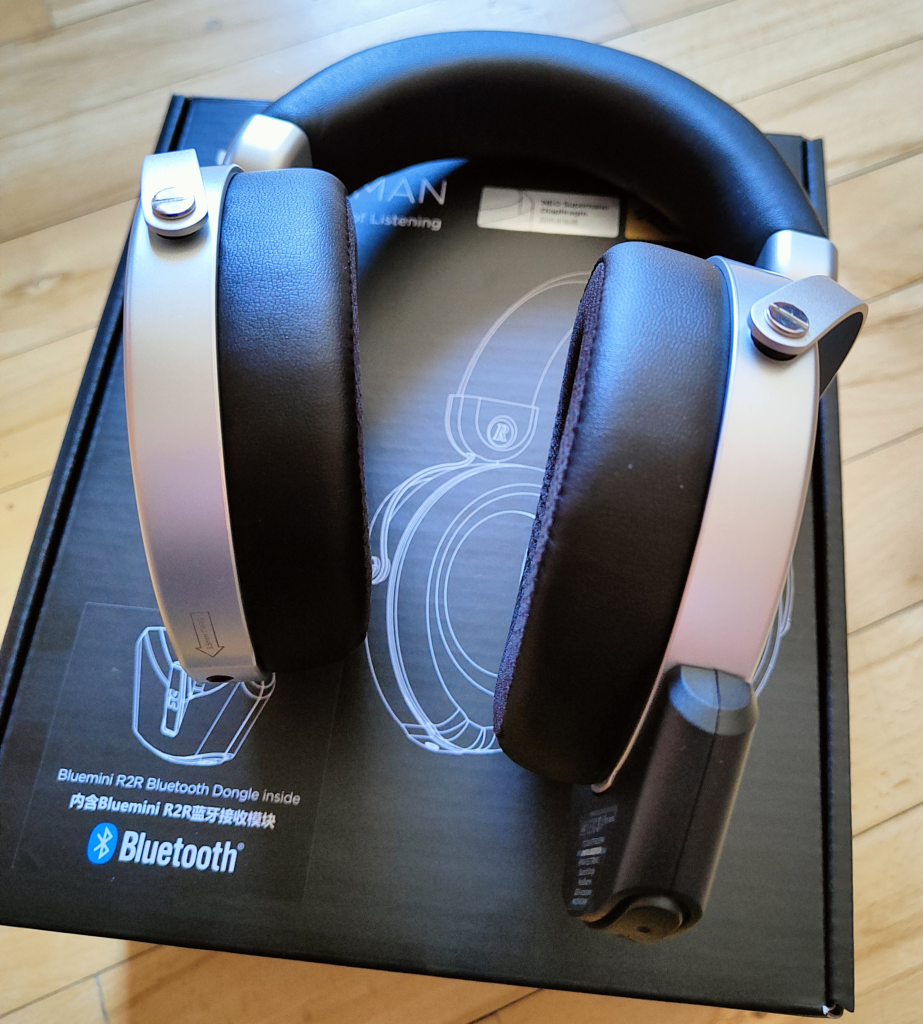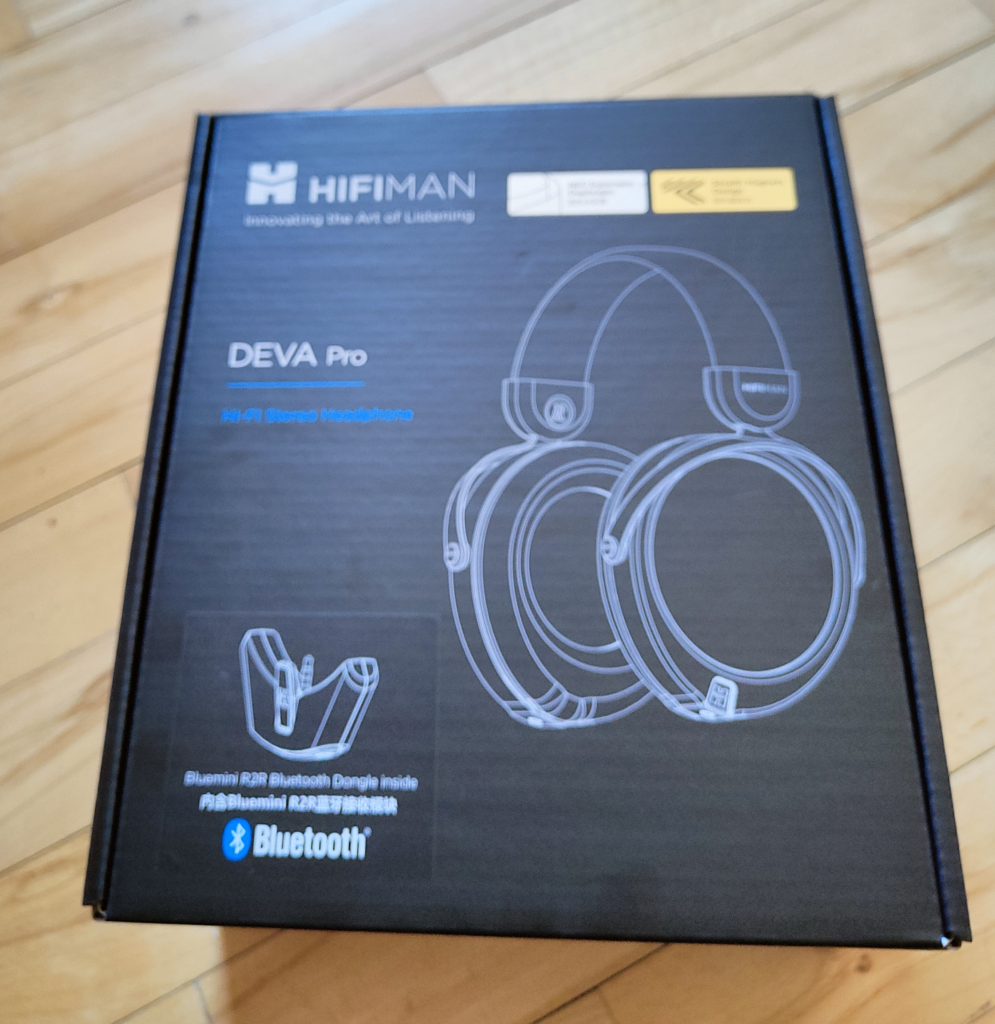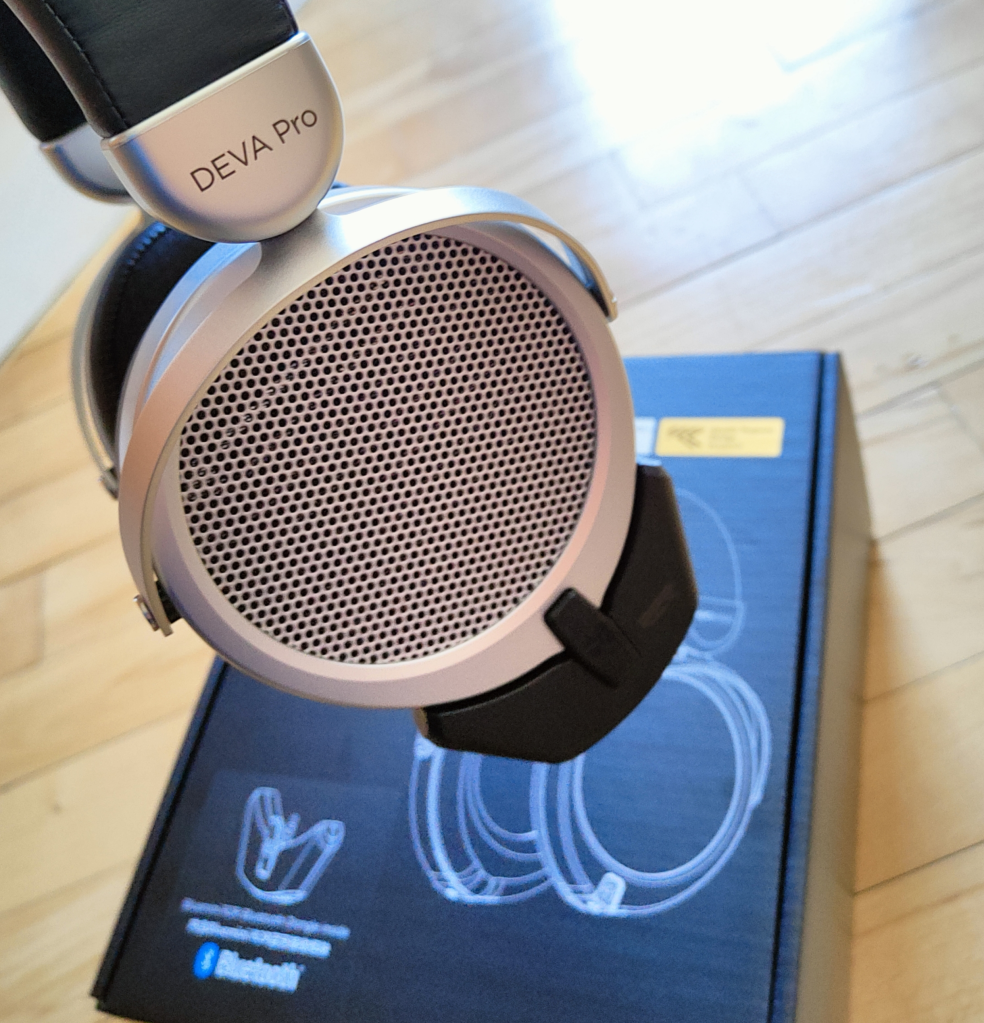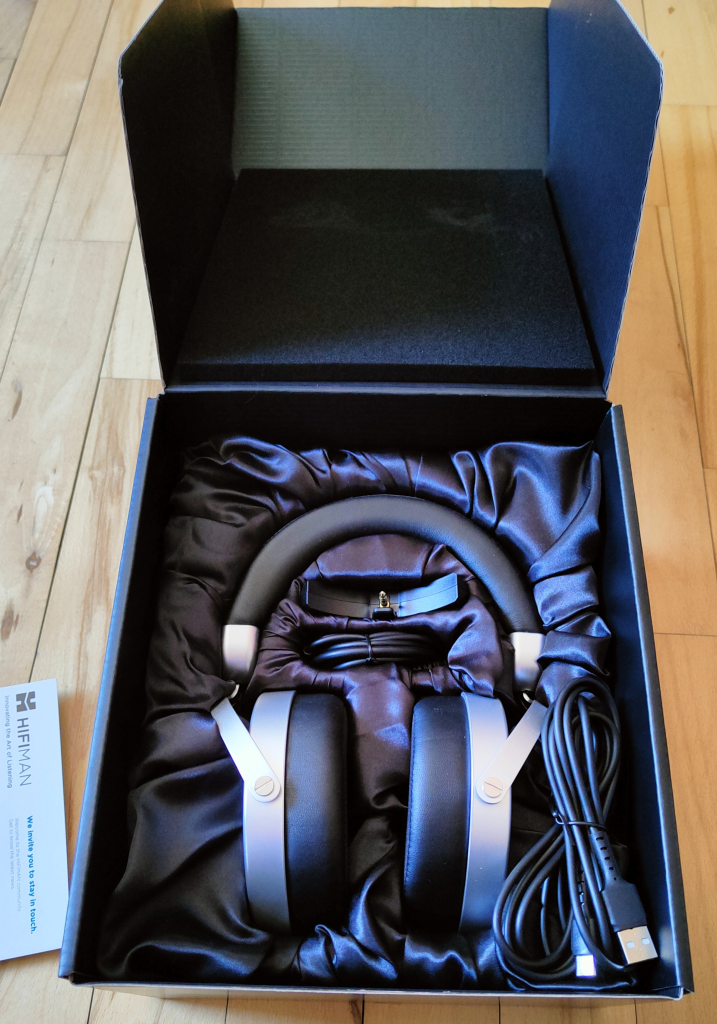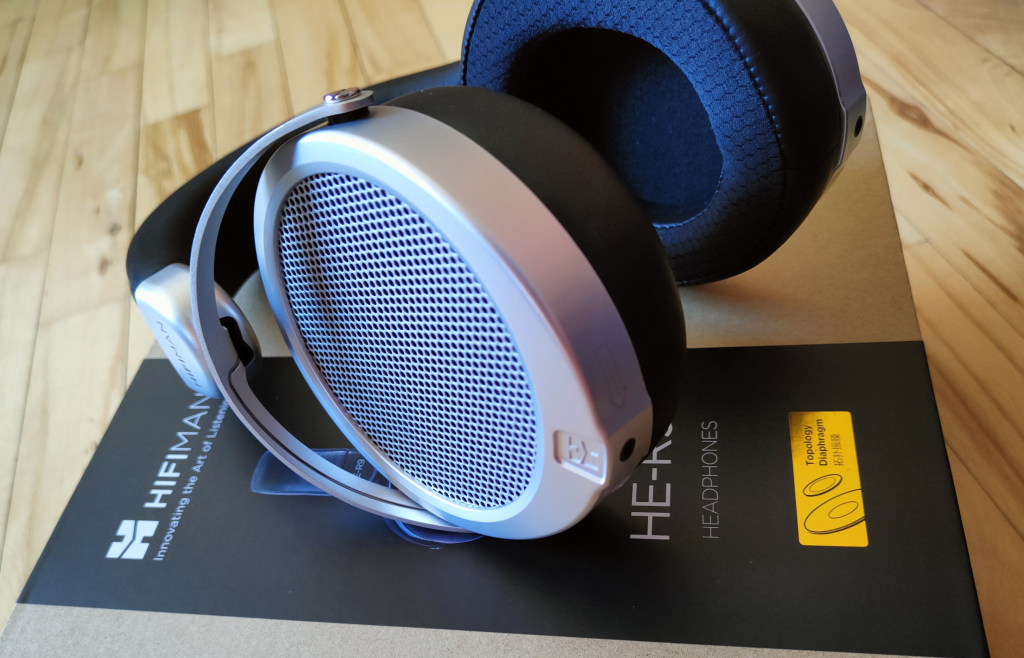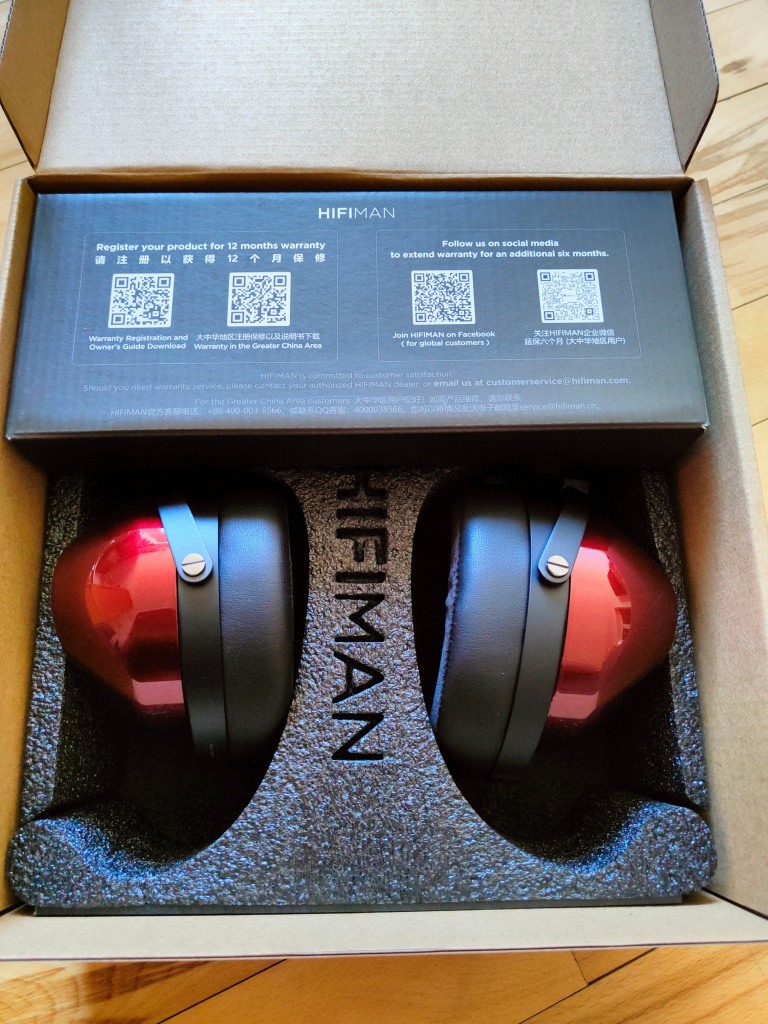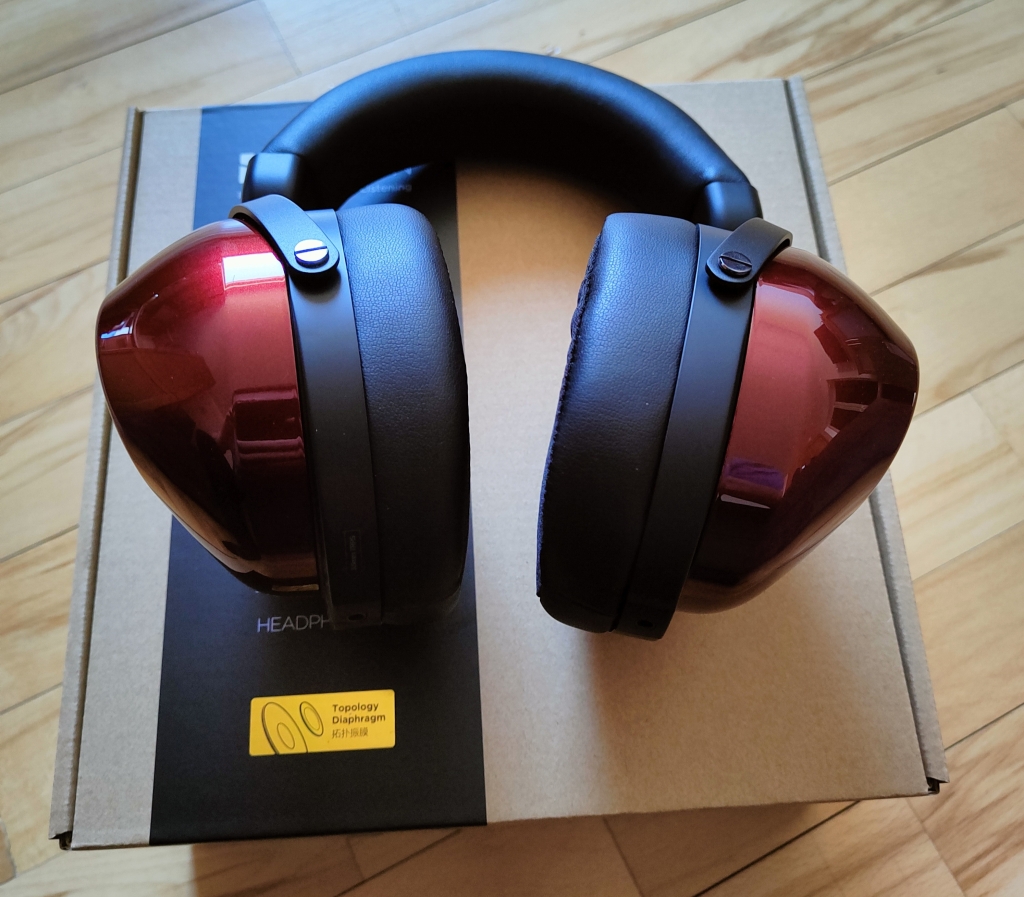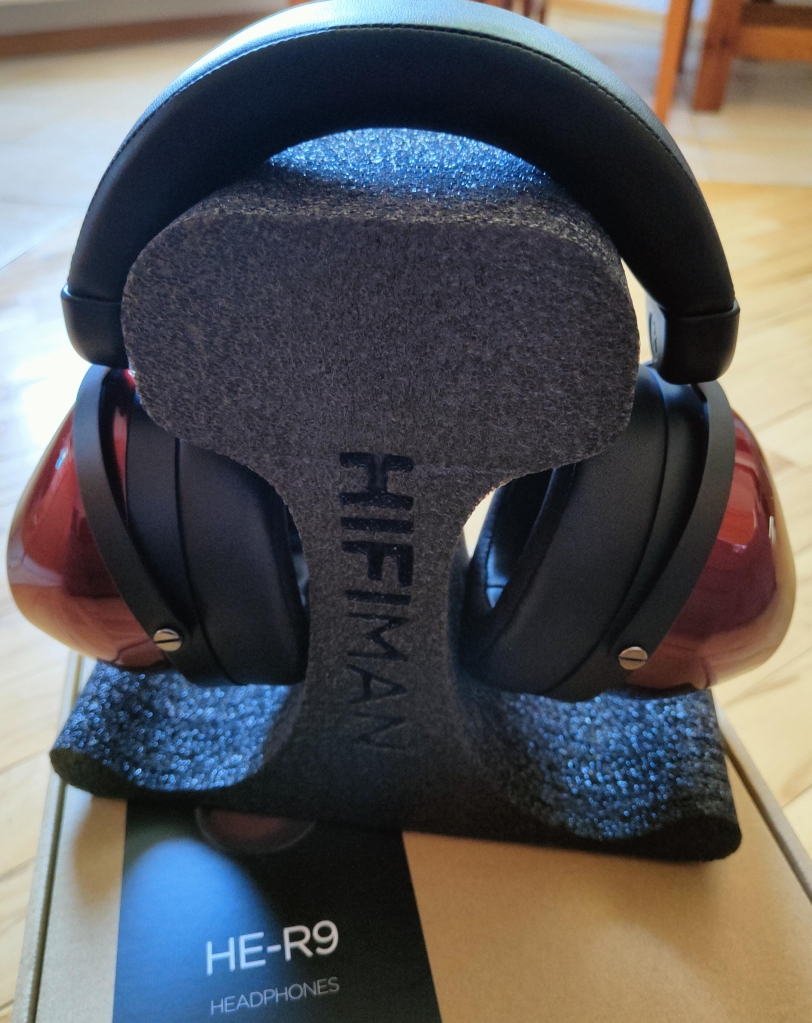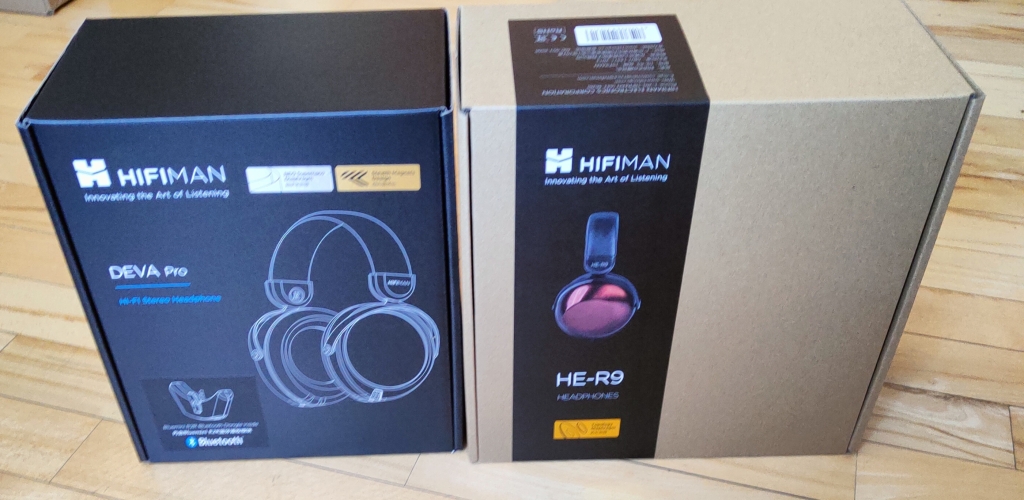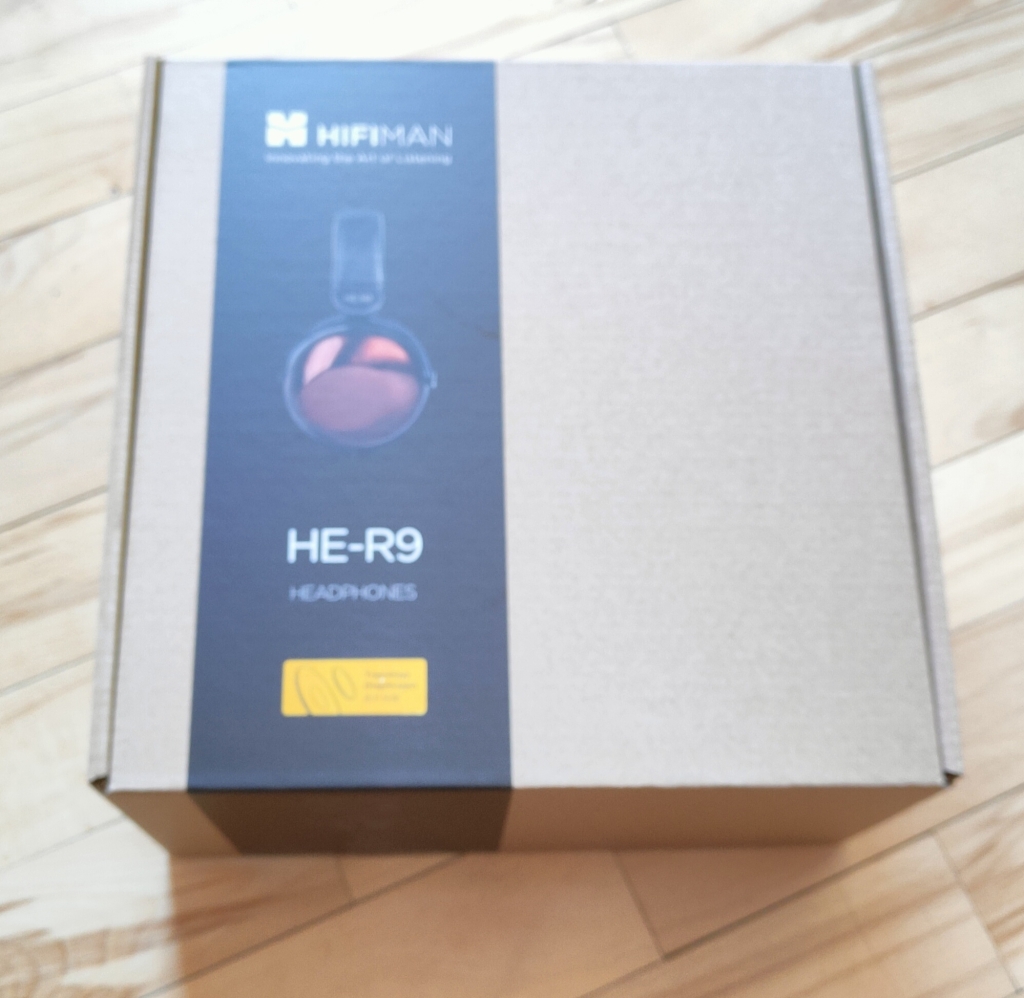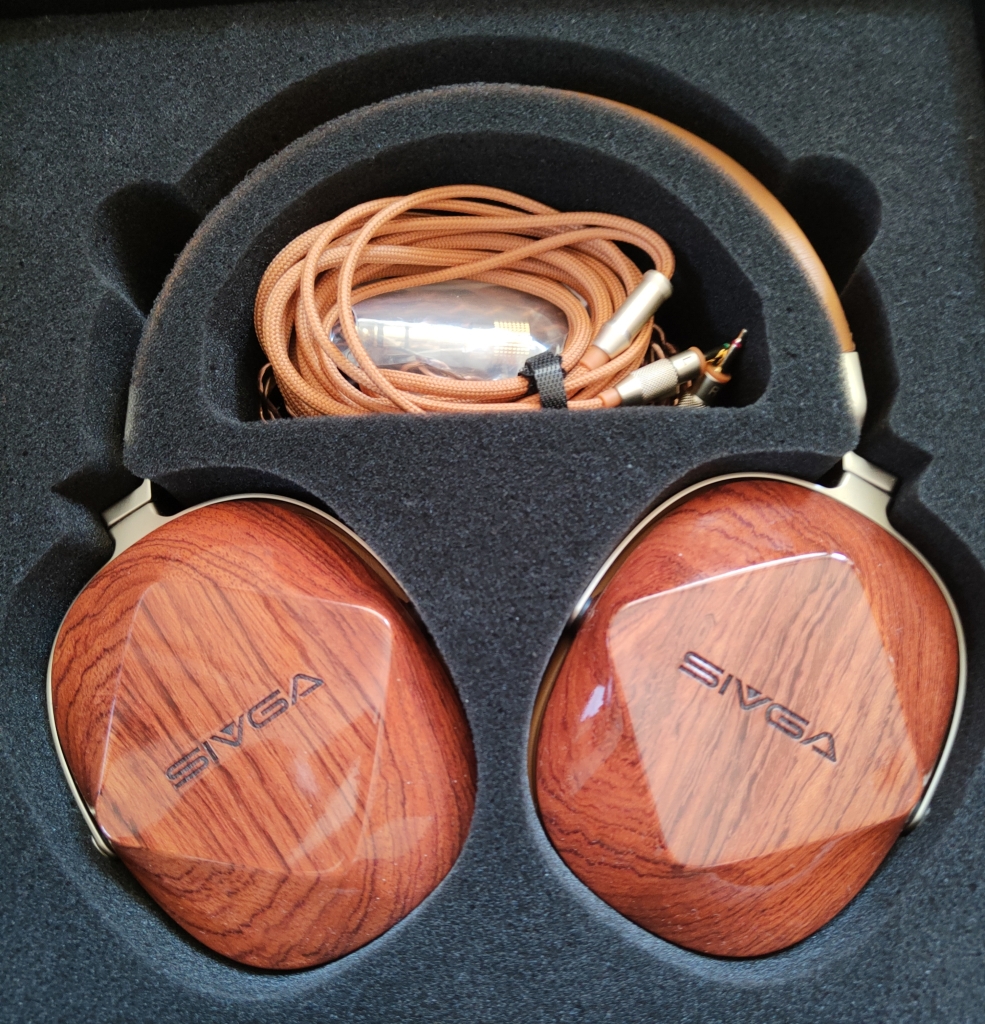EarMen- Angel

EarMen- Angel
INSTAGRAM LINK:
Prelude:
For those who already know me, it will probably be no secret that I mainly like mobile solutions. At least that was the case in the past, but recently it has been changing quite a bit thanks to manufacturers such as HIFIMAN or EarMen, reviewed today. Thanks to their hard work and constant striving to exceed the boundaries of perfection, they prove not only to me, but also to other skeptics that big can do more. What if we are looking for great sound without compromise and at the same time want to always have it with us? This is where products such as xDuoo xd05pro or the discussed EarmMen Angel come to our aid. Whether the expense of USD 599 is justified, the answer to this question will be found later in the article, meanwhile let’s start with unpacking:
Unboxing and execution:
In a nice, high-quality cardboard box we will find our device, which is slightly higher and narrower than the mentioned xDuoo xd05plus and has a moderate weight. The manufacturer added two digital adapters and a USB C TO C cable to the set. It’s a nice touch, and the only thing missing is a basic case, which is an absolute necessity for a portable device, fortunately, most larger navigation cases work great in this role. When it comes to connectors, we have a classic 3.5mm output and a balanced 4.4mm output, and in my opinion this is not a bad choice, the device has a lot of power, because 1.8W of power from the balanced output is really a lot. That’s why many people think that a large jack could have been used instead of the 3.5mm connector, but in my opinion it is less functional than the classic headphone output. Additionally, we have a separate USB C for connecting the USB signal and the same for charging. There is no fast charging, but in my opinion this is an advantage because it loads the batteries very heavily. We also have a full range of S/PDIF digital inputs – COAX/TOS is really great news, especially if we want to connect the device as an output DAC to a TV. Additionally, there is a line output, both classic 3.5mm and balanced 4.4mm. The uniform metal casing in a nice shade of blue looks solid and very elegant. EarMen also took care of neat silicone feet protecting the bottom of our device. The only thing missing is an AUX input and the ability to work in standalone amplifier mode, although this is most likely for some reason. Overall, I rate the quality of workmanship as exemplary as one of the best I have ever encountered. However, what is most important, or rather equally important in terms of performance, is the sound, so let’s take a look at how Angel plays and why I consider it the best DAC/AMP from the portable section available on the market, even in 2023! Finally, a few words about volume. First of all, we will certainly not lack power for most headphones, models such as HIFIman Aria organic, Audivana, Ananda nano or Edition XS were very well driven, even from the SE output, and the balance only got better. The potentiometer is stepwise, but the volume levels are well balanced and most IEM headphones had no problem with it. The potentiometer is also a button that turns on the device, which is a convenient solution.
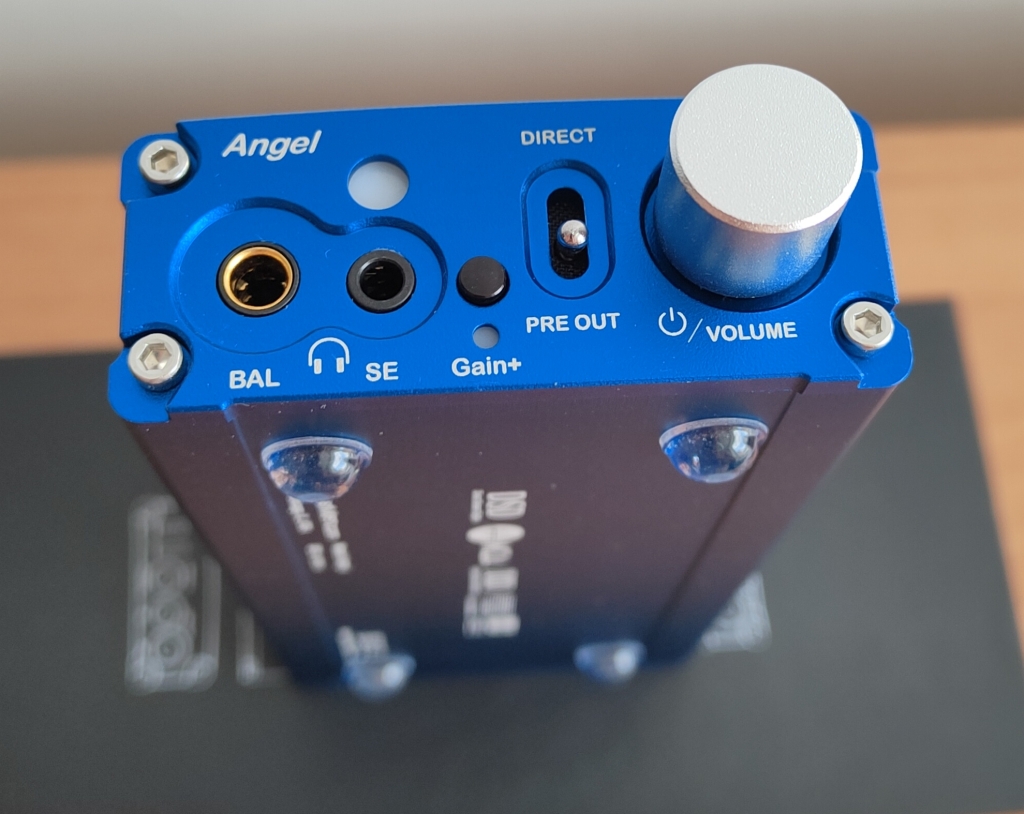
Sound:
Bass: Neutral, well-defined and served in impeccable quality and quantity. The low tones are exactly as they are shown by the connected headphones – for example, with the Edition XS they were strong and decisive, and with the Tin P1 they became linear and perfectly showed the tuning of our equipment. The low tones in the Angel are not strong and defined with adequate mass, and most importantly, they are not particularly muffled or smoothed. They are also not painfully neutral and balance perfectly between musicality and the analytical image of music. Despite maintaining neutrality, the natural and pleasant color was not forgotten. In fact, many times I found TIDAL sounding as good as my CDs, which is undoubtedly due to the angle tuning. It’s a mature bass full of nuances that makes you want to dance. The bass in the angel is very tight and coherent, exactly what I expect from the sound. As much as I would like to, I can’t find any negative aspects of this tuning, in general the angel is quite bright and with some headphones it may sound a bit sterile, but in the vast majority of cases it fits perfectly with the character of the headphones.
Midrange: Here again, naturalness and analyticity are mixed in perfect proportions with excellent neutrality, no coloration and a virtually unlimited sound stage, perfectly built on a 3D plane. Vocals sound incredibly clear and engaging. Actually, it will not be an abuse if I write that the diameter of the Angel is addictive because it is perfect in every proportion. The amount of detail is amazing and the depth and dynamics are beyond expectations. This is a fully stationary sound that can compete with many more expensive transducers. The realism of the sound is great, and the clarity and lack of noise also allow you to completely focus on the music. I can’t believe how much you can get out of well-implemented components packed into such a small package. This is truly mature and engaging tuning.
High tones: There are a lot of them and they are not hidden or muffled. The neutrality of the treble and the huge amount of embedded information allows me to evaluate Angel as a complete and sonically mature device. The high tones are not tiring or harsh, instead they present the music as the artist intended and adequate to the sound of the connected headphones. I also liked the excellent amount of information and very high purity in the higher parts of the sound. The high tones in the angel are engaging and do not overwhelm with their excessive extension, in combination with the hifiman svanar angel, they perfectly showed how great the treble of these headphones is.

DAC Mode:
The sound of the angel line output is still very neutral and dynamic, full of detail and in fact, quite frankly, putting many full-fledged digital-to-analog converters to shame. A great feature is the ability to choose between a preamplifier output with full volume control and a completely classic line output, ideal for active speakers, for example. We also have both single and balanced outputs in the 4.4mm standard, so we can use both older and newer devices.
Power:
EarMen angel is a real monster when it comes to the ability to drive headphones, there is enough power after the SE output, and after the balance it is even better. If that’s not enough, we also have the great Gain Plus mode, which significantly increases the power. The Aria organic, edition On the other hand, the Kinera Hodur and Tin P1 Max felt great and the sound remained clean and smooth. Only with ultra-effective headphones, some people may feel some difficulties with the step potentiometer, but I personally have not found any headphones with which the angel would not be able to get along.
Comparisons:
EarMen- Angel ($599) VS xDuoo xd05plus ($289)
EarMen angel is more neutral and linear compared to xDuoo, but if someone prefers more entertaining tuning, in xD05plus, which I personally love, we will find more coloration and magic brought by the velvet sound of the AKM bones. xDuoo xD05plus also has an analog potentiometer and can be a stand-alone amplifier. However, Angel is a class above the sound, which is also reflected in the price. There is no winner here because both devices are great and it all comes down to our individual preferences.
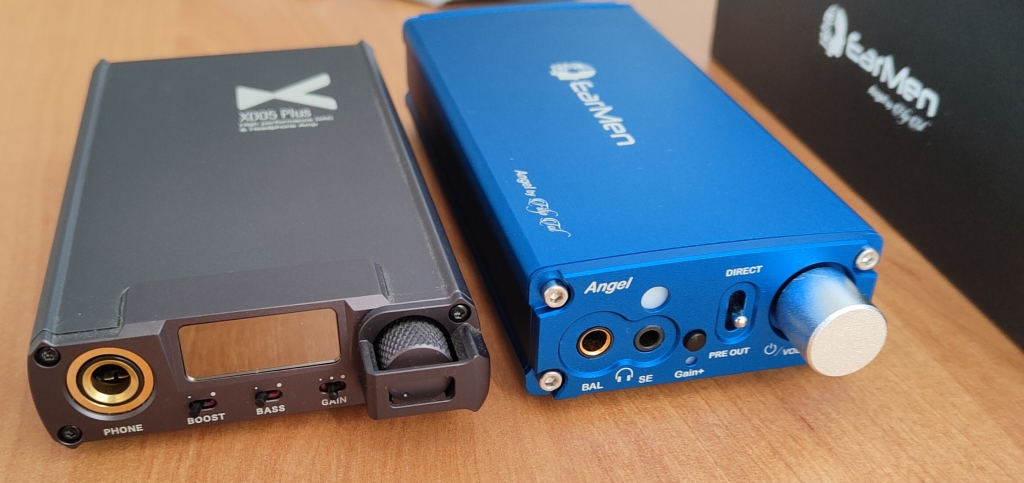
Summary:
I have reached a stage in listening to music where little can surprise me, but EarMen proved to me that there is no such thing as endgame when it comes to audio. The Angel model is not only well-made, but also functional and has a delightful sound. Its sound is truly angelic and, like an angel’s whisper, it takes away the ability to think logically, making us slaves of music. It is an extremely pleasant and complete sound with an amazing technical layer and pleasant timbre. What would I change? First of all, I would add a case and that’s it because good products don’t change. Finally, a mention about battery life. A lot depends on the headphones connected, but I could easily get a stable 6 hours. I also lacked the option to turn off the built-in battery, because Angel often serves as a stationary device for me. However, the amount of power and unmatched sound quality completely compensated for these microscopic shortcomings and I cannot say otherwise. EarMen angel is an outstanding heavy-duty device and deserves a special place on a pedestal for its incredible value for money. Just warn you, this device is really addictive. Bravo EarMen, a strong 10 out of 10 for your project and the quality you represent. Many people still consider the angel model to be the benchmark for mobile solutions in the audio world. Yes, Angel is large and won’t fit into every pocket, but despite the lack of Bluetooth, it has a number of communication ports, not only classic USB and a separate USB for charging, but also well-functioning digital inputs that allow you to connect it to virtually any device, even a CD player or TV. . The quality of workmanship reminds me of the highest quality products, and yet we are still talking about prices below USD 1,000 and even well below USD 800. We can confidently hear every amount spent and thus really leave with the feeling that the money was well spent on audio.




